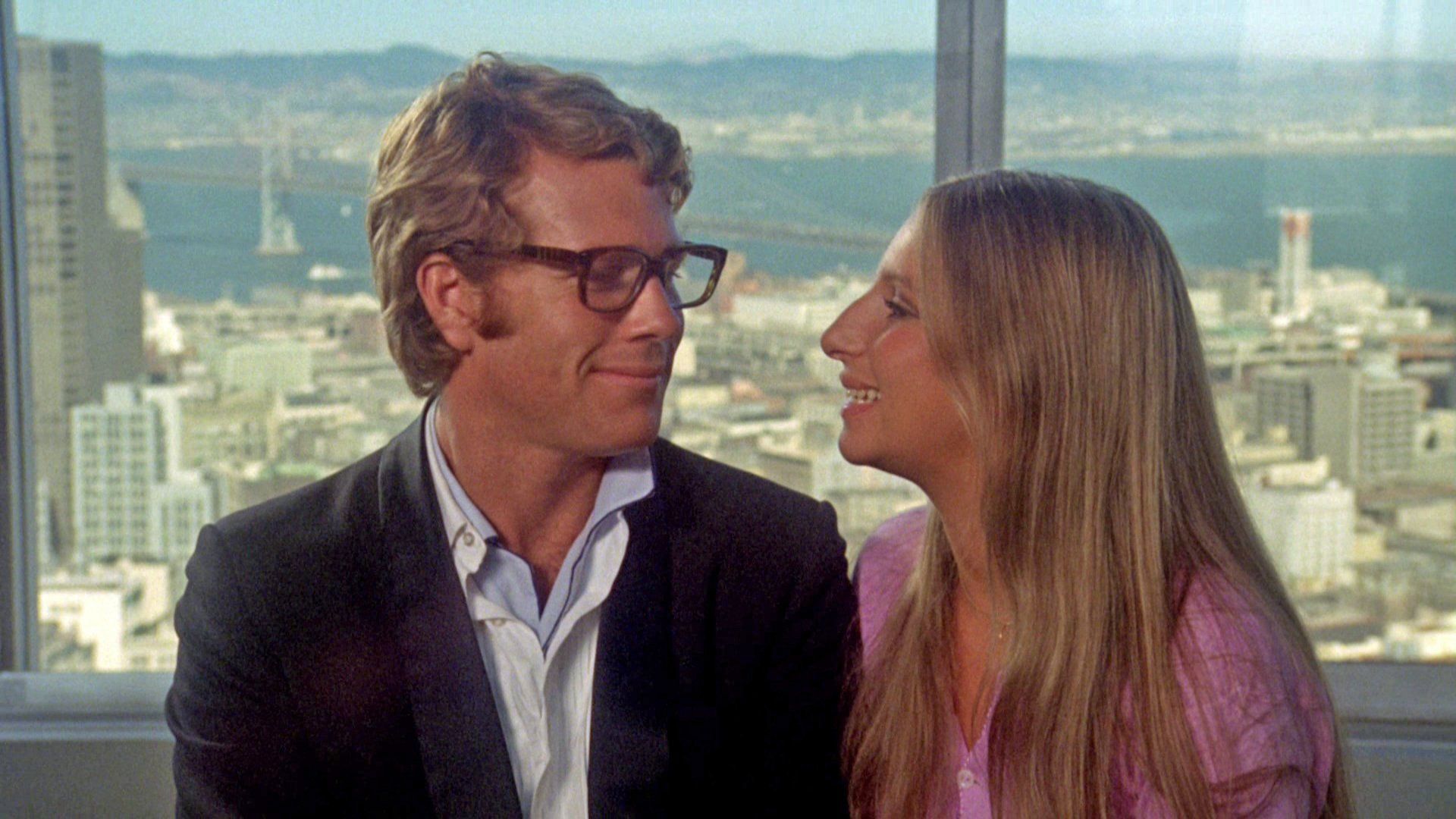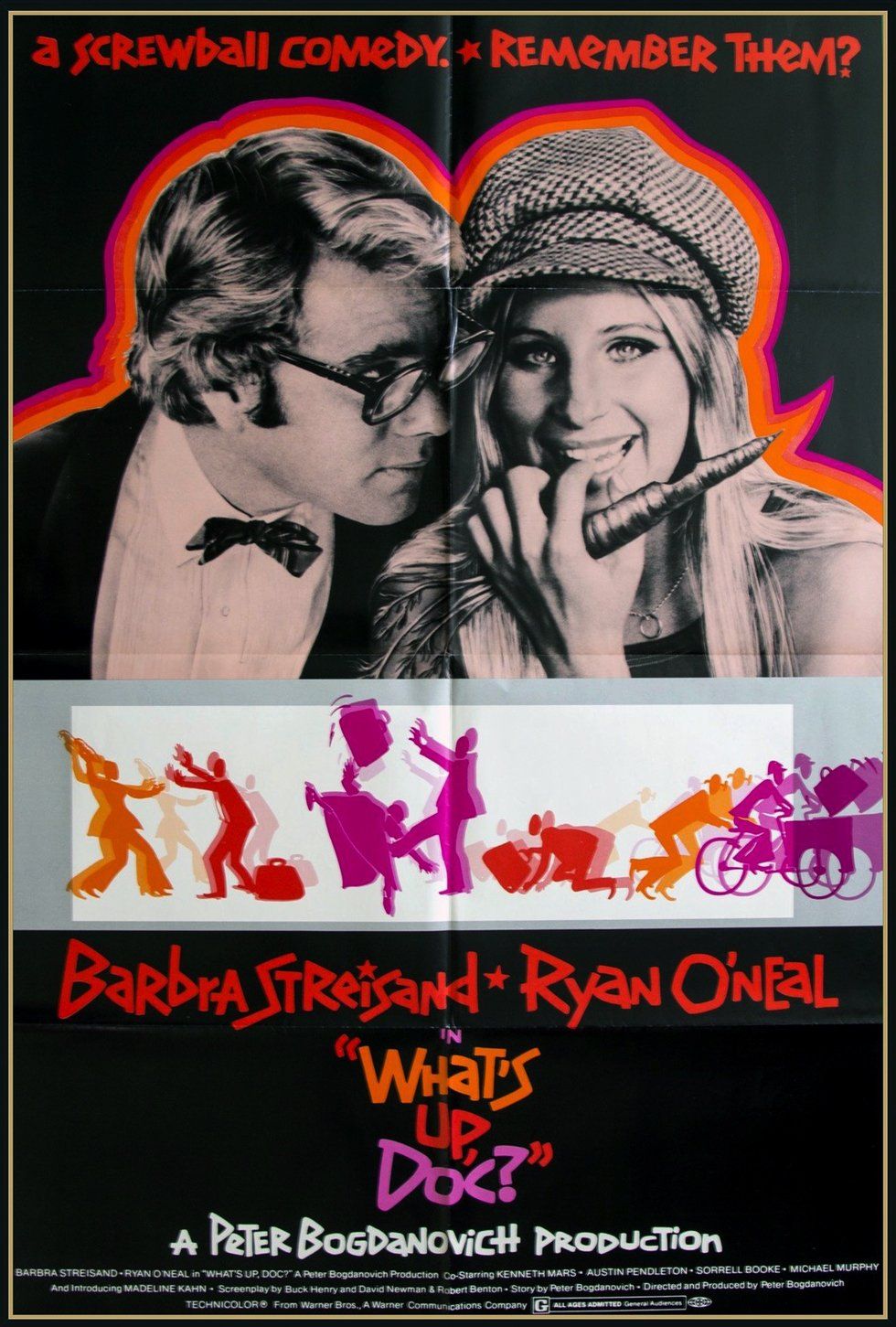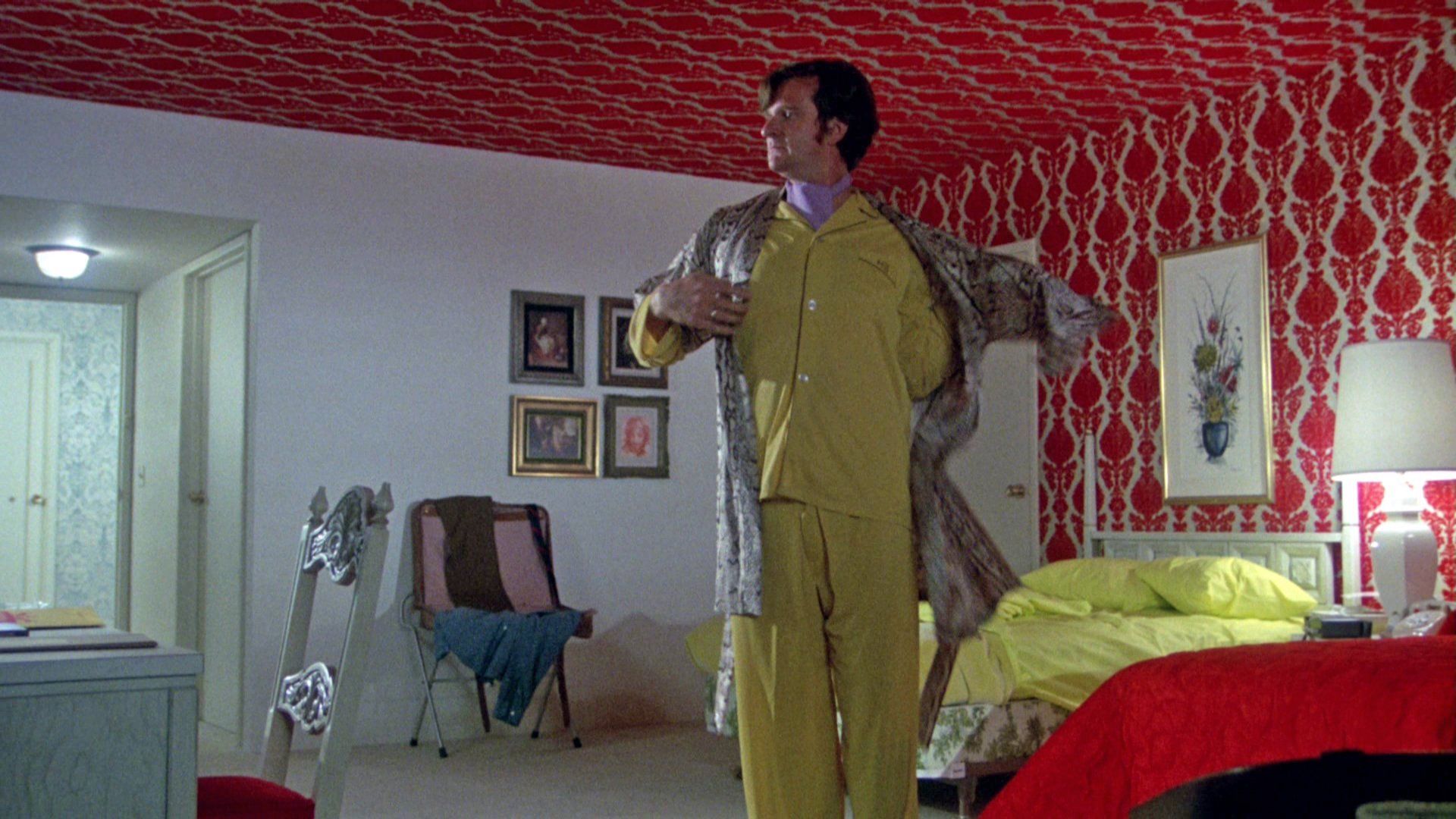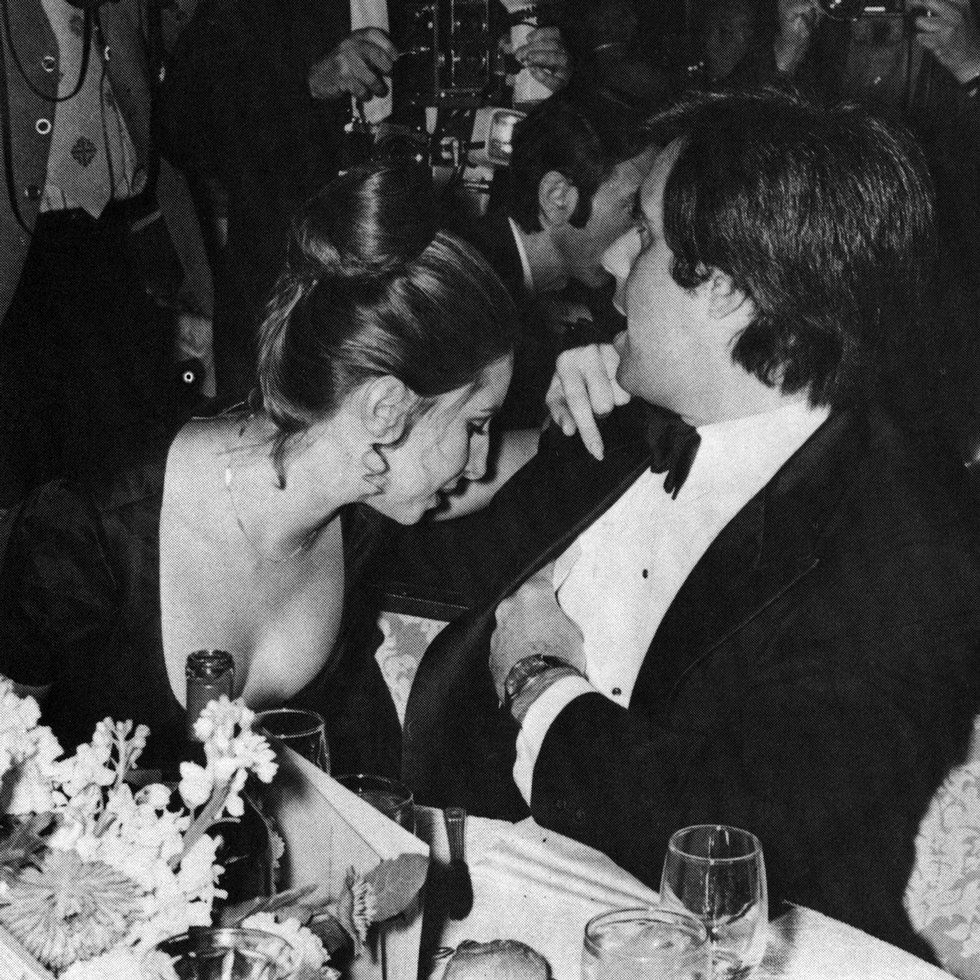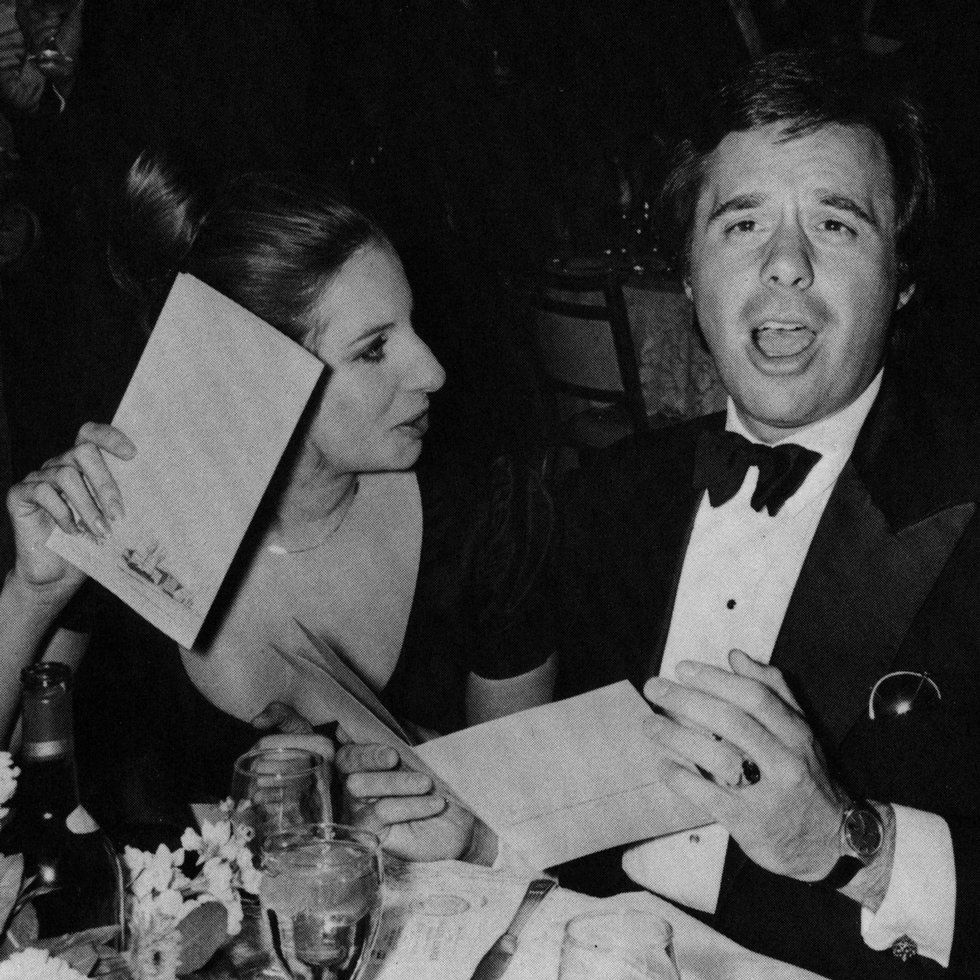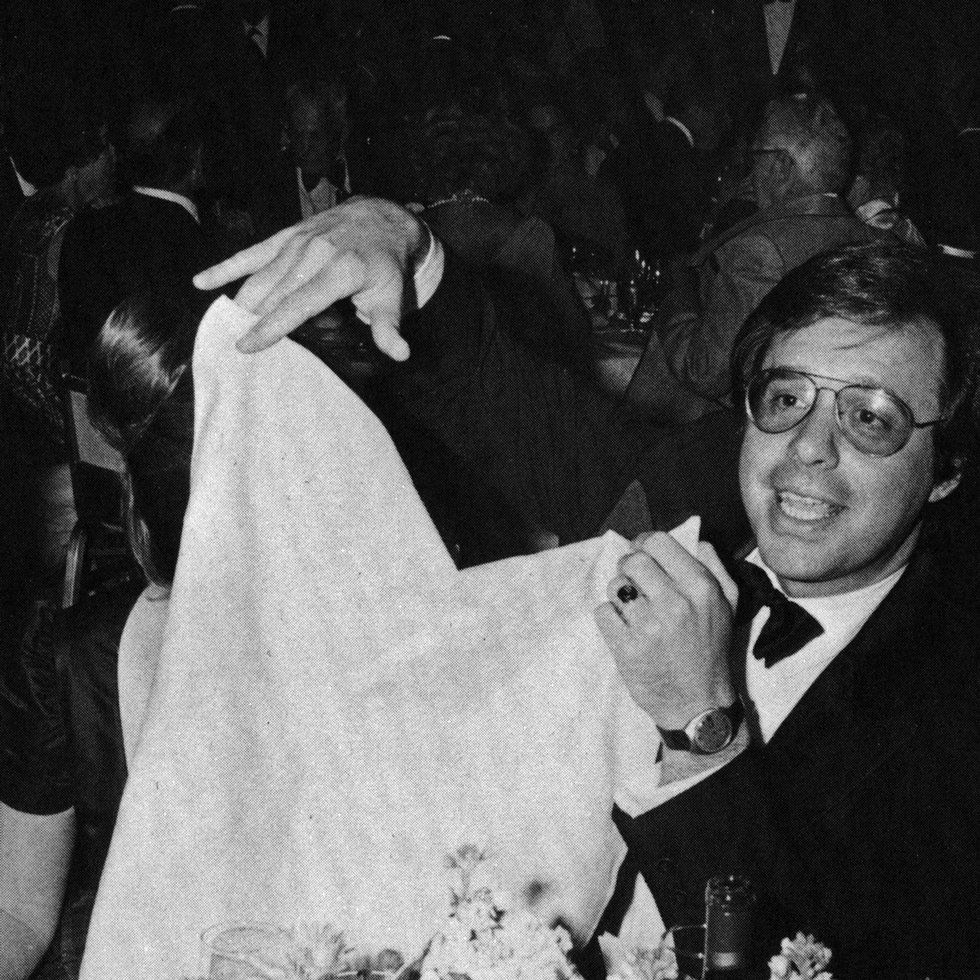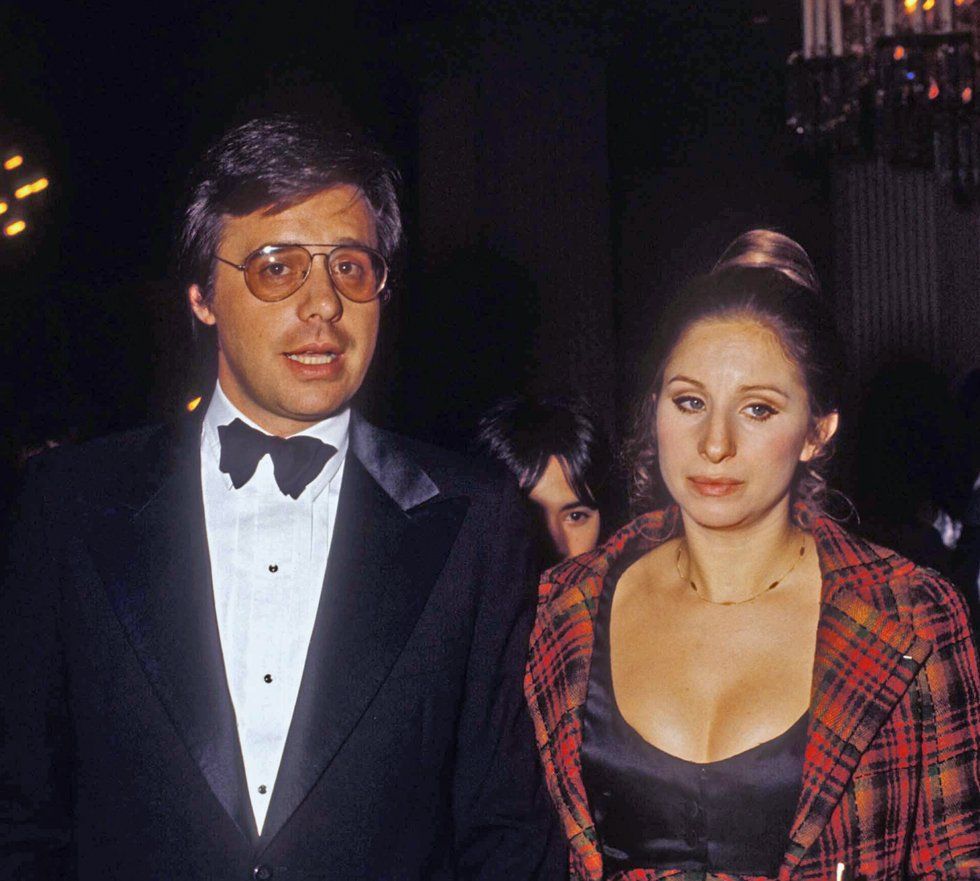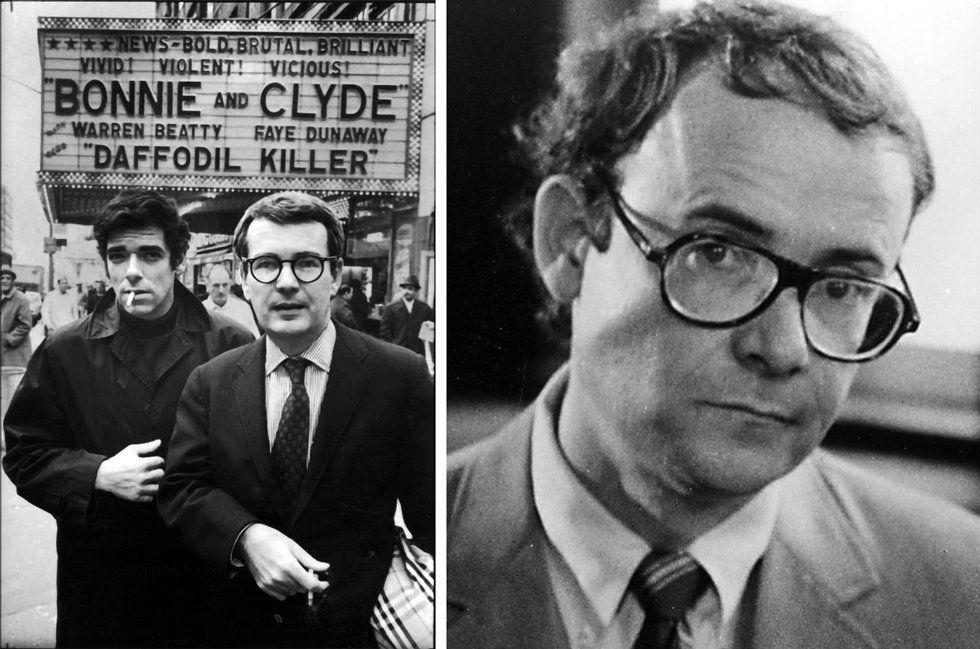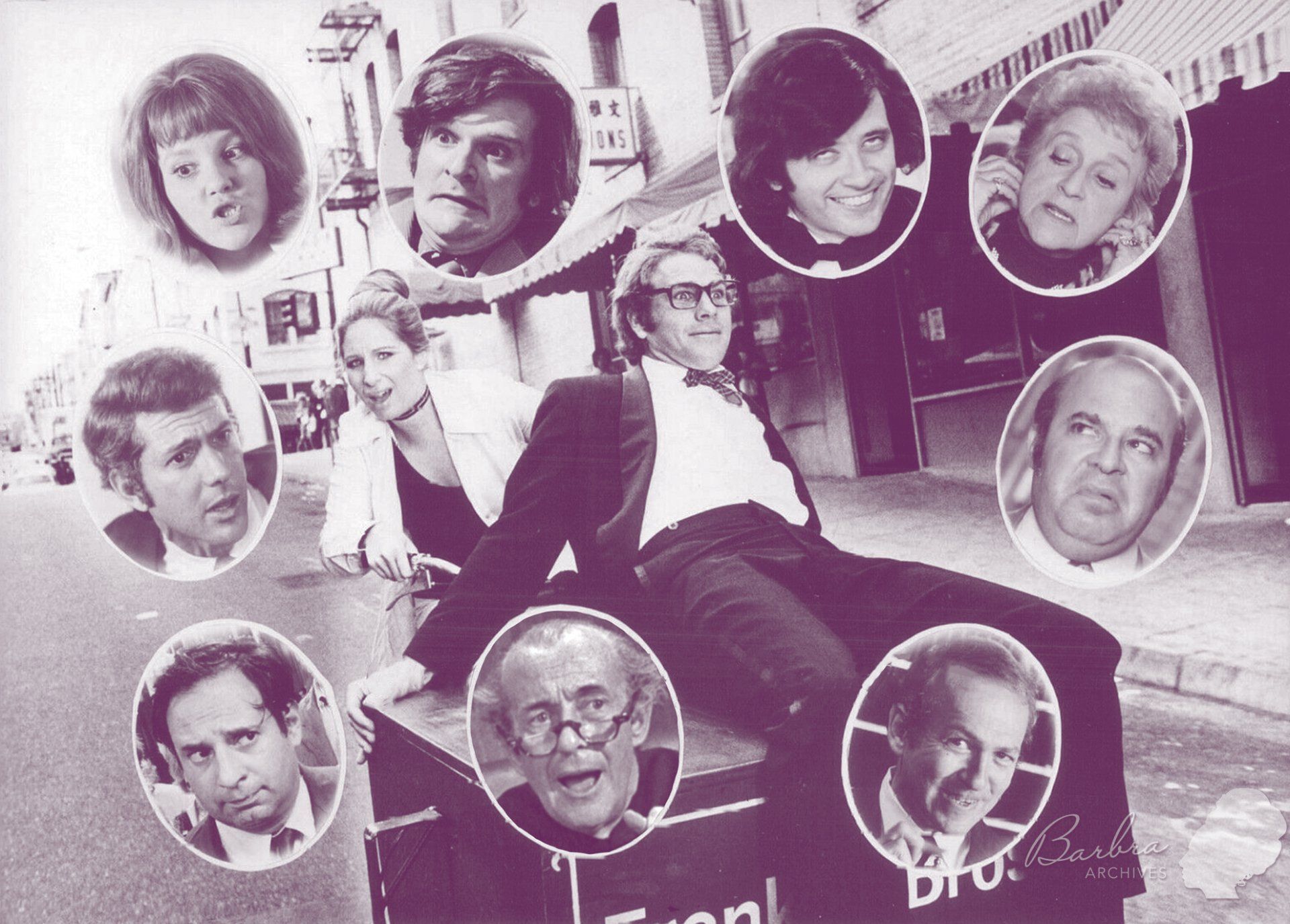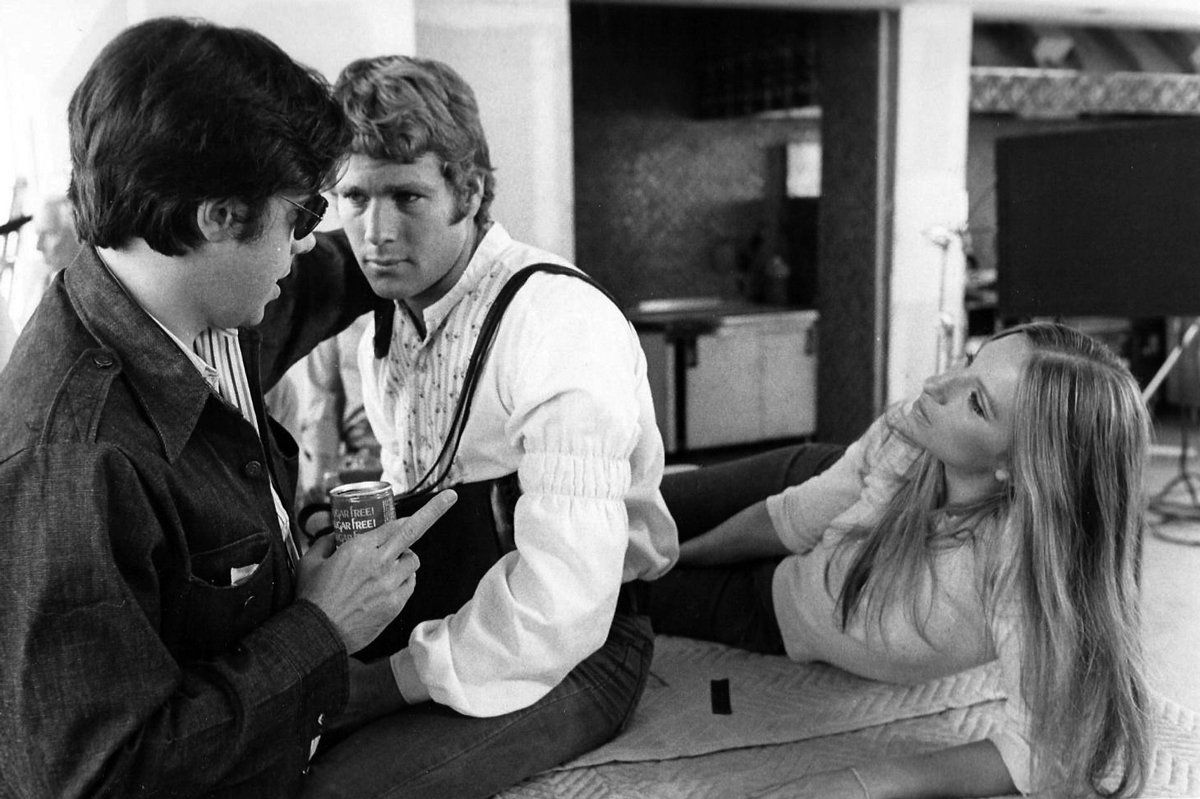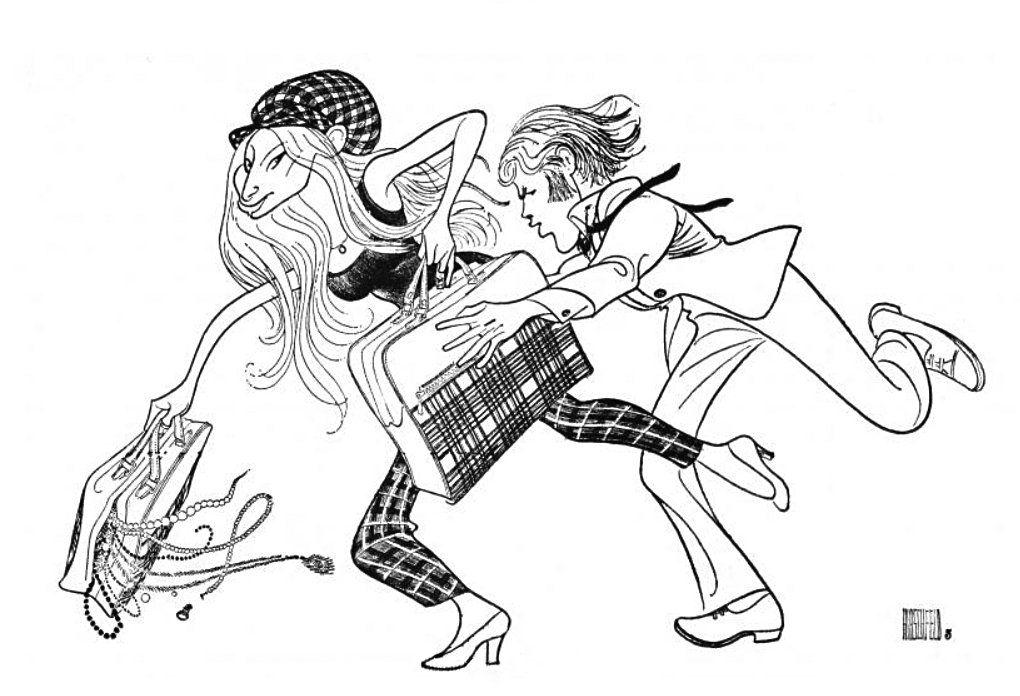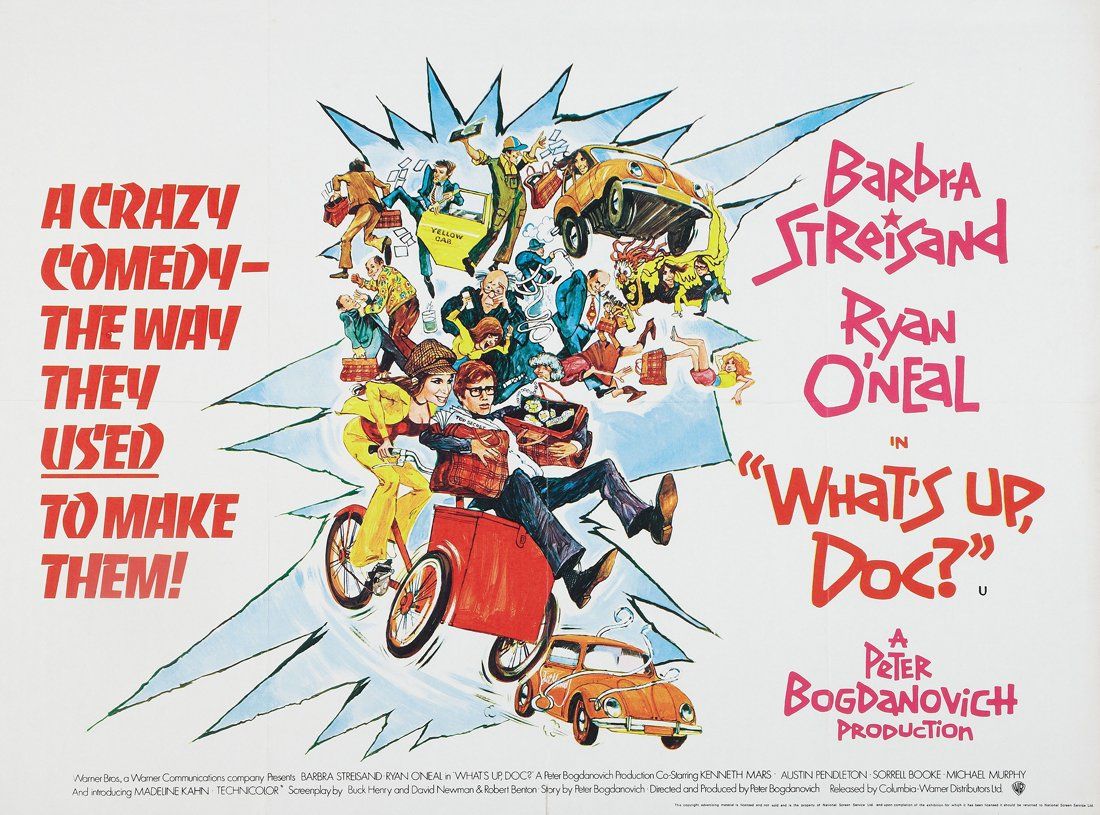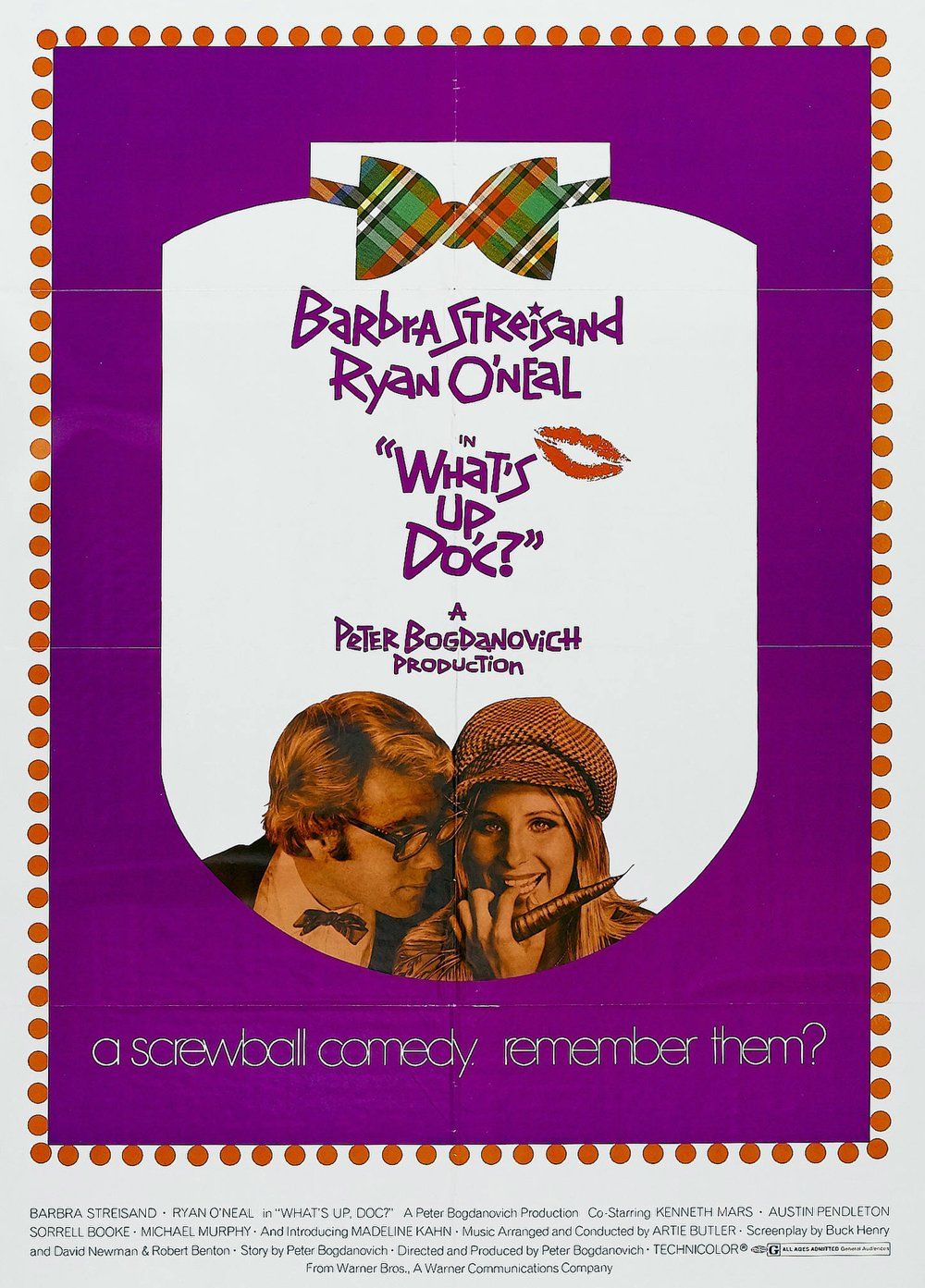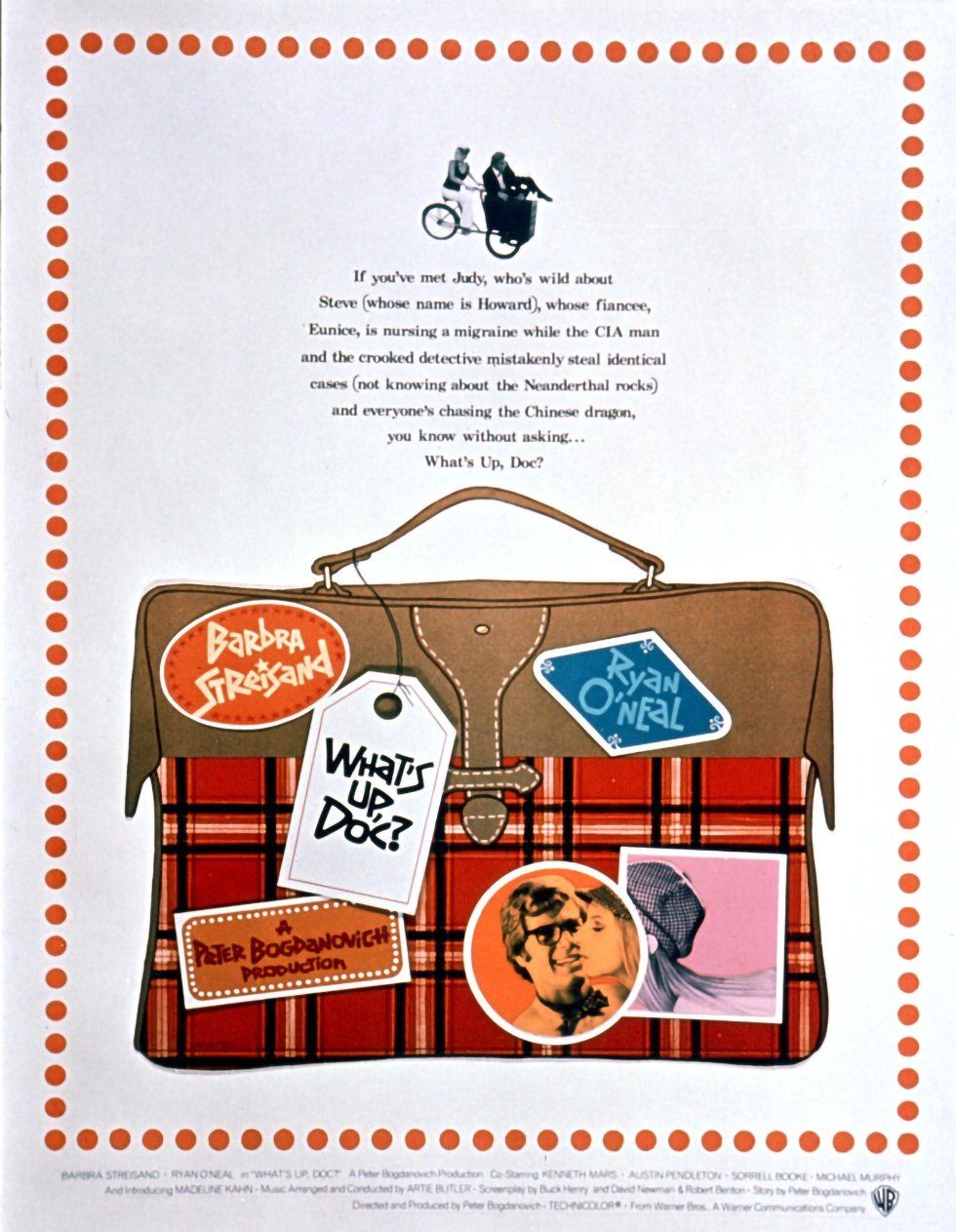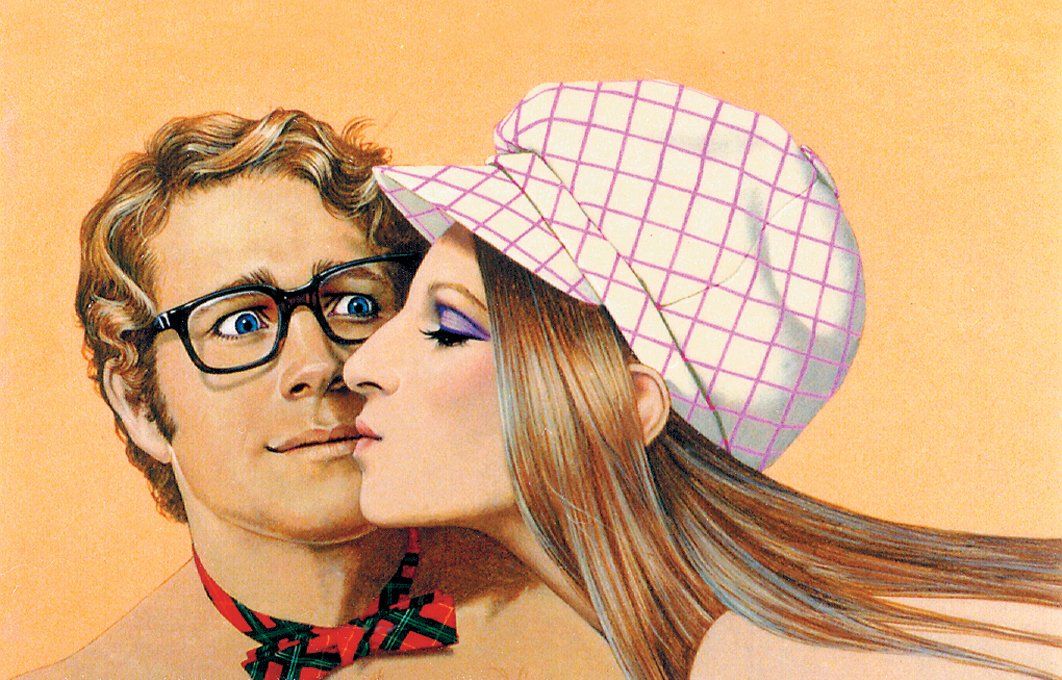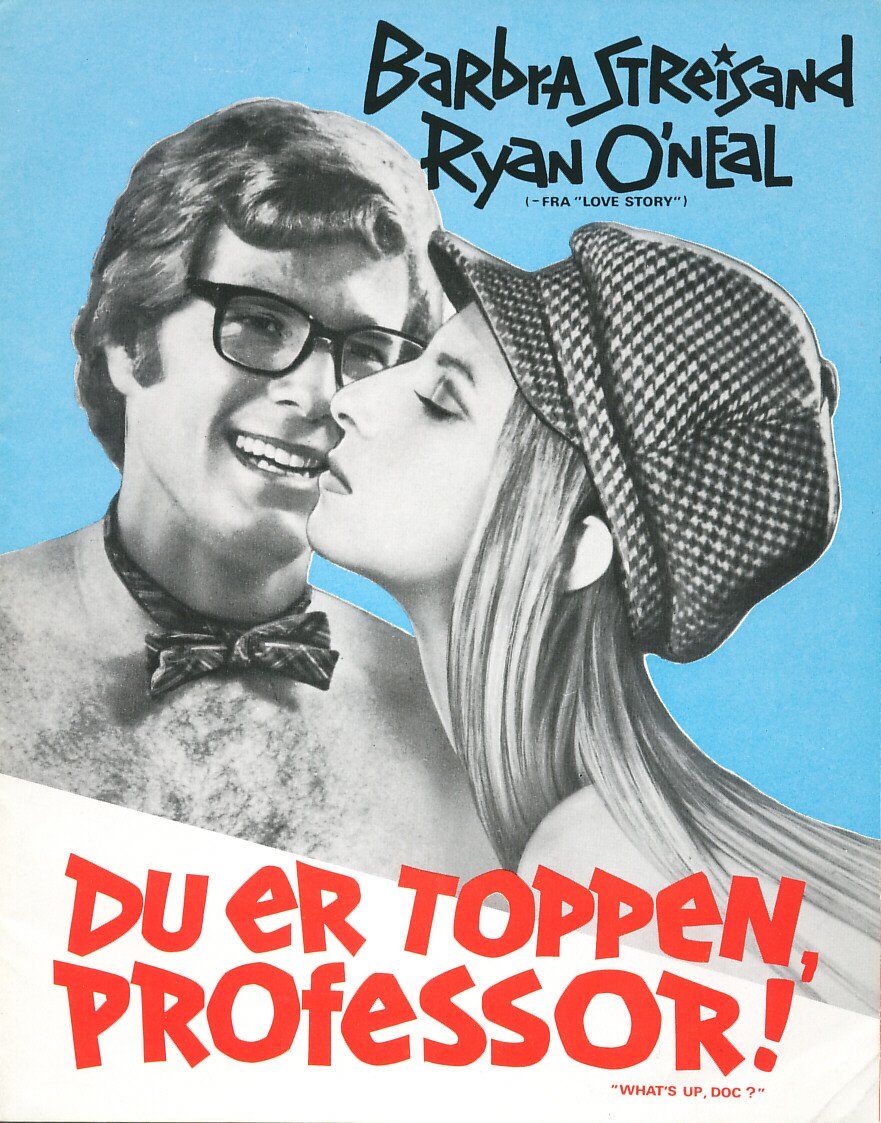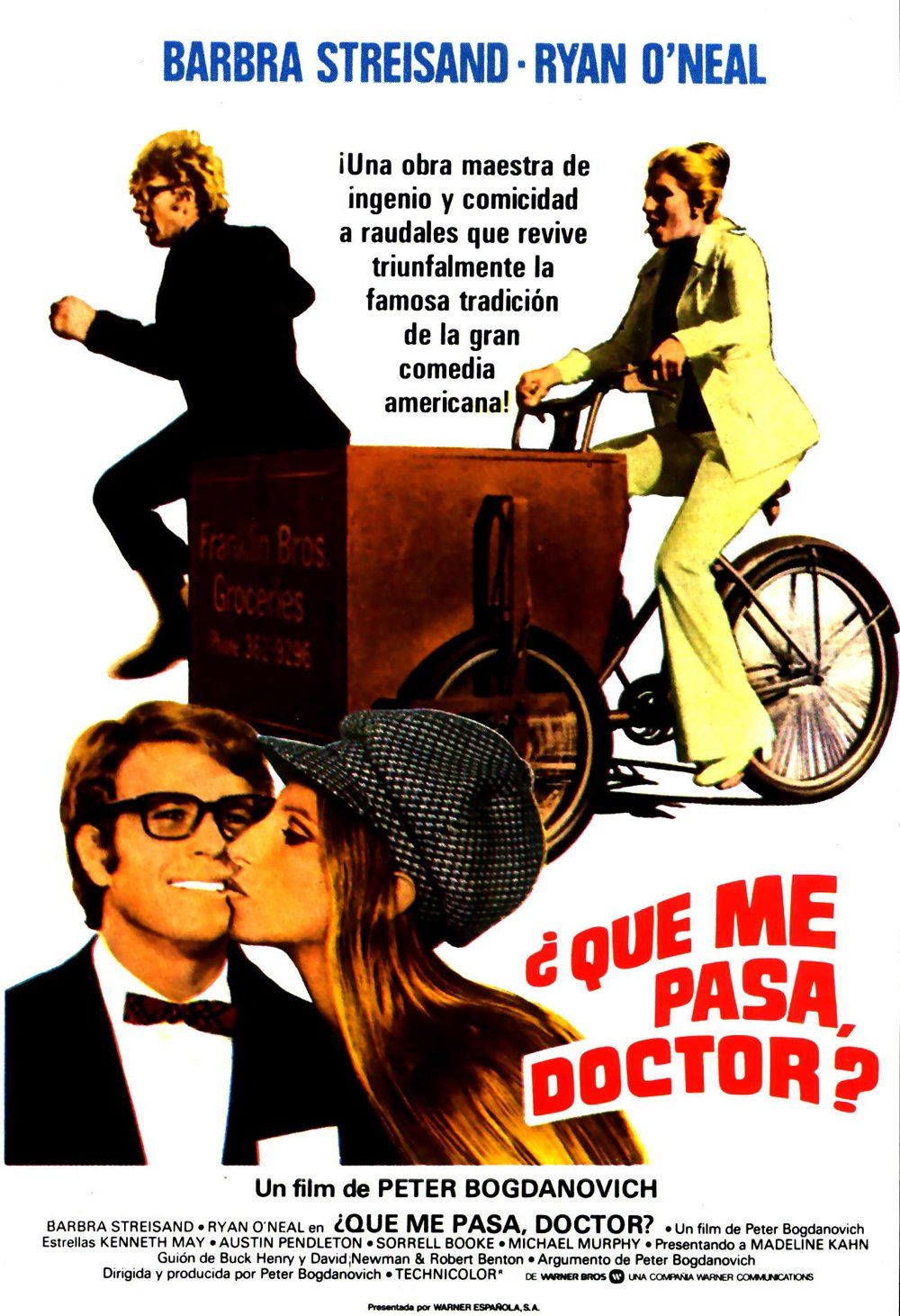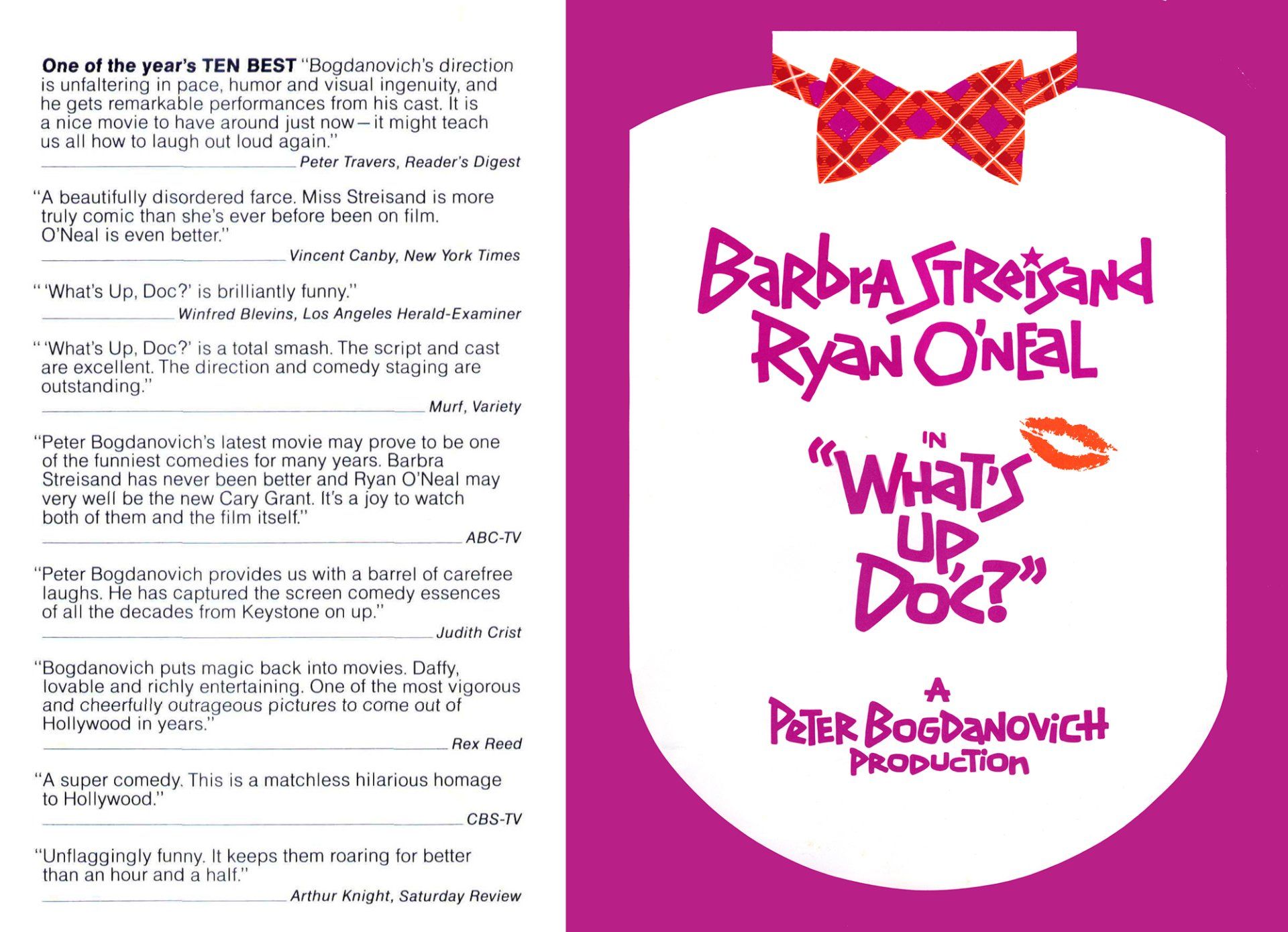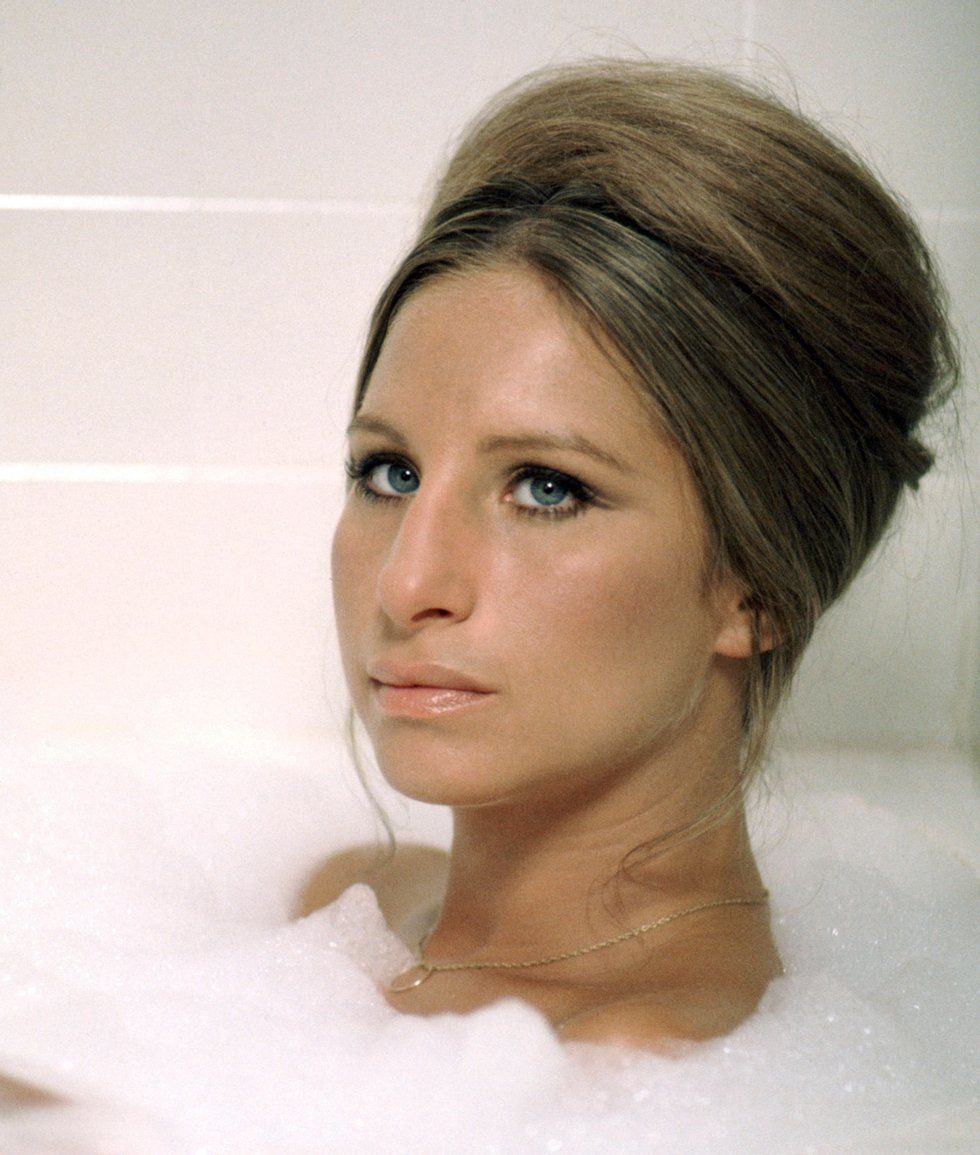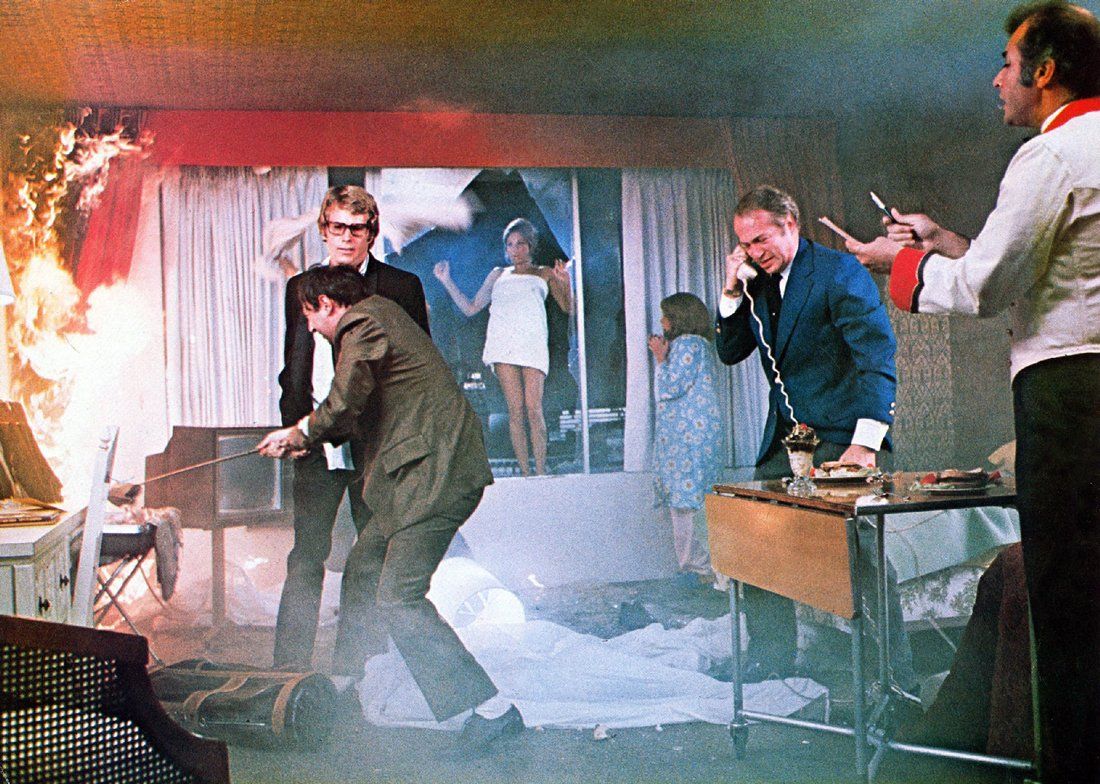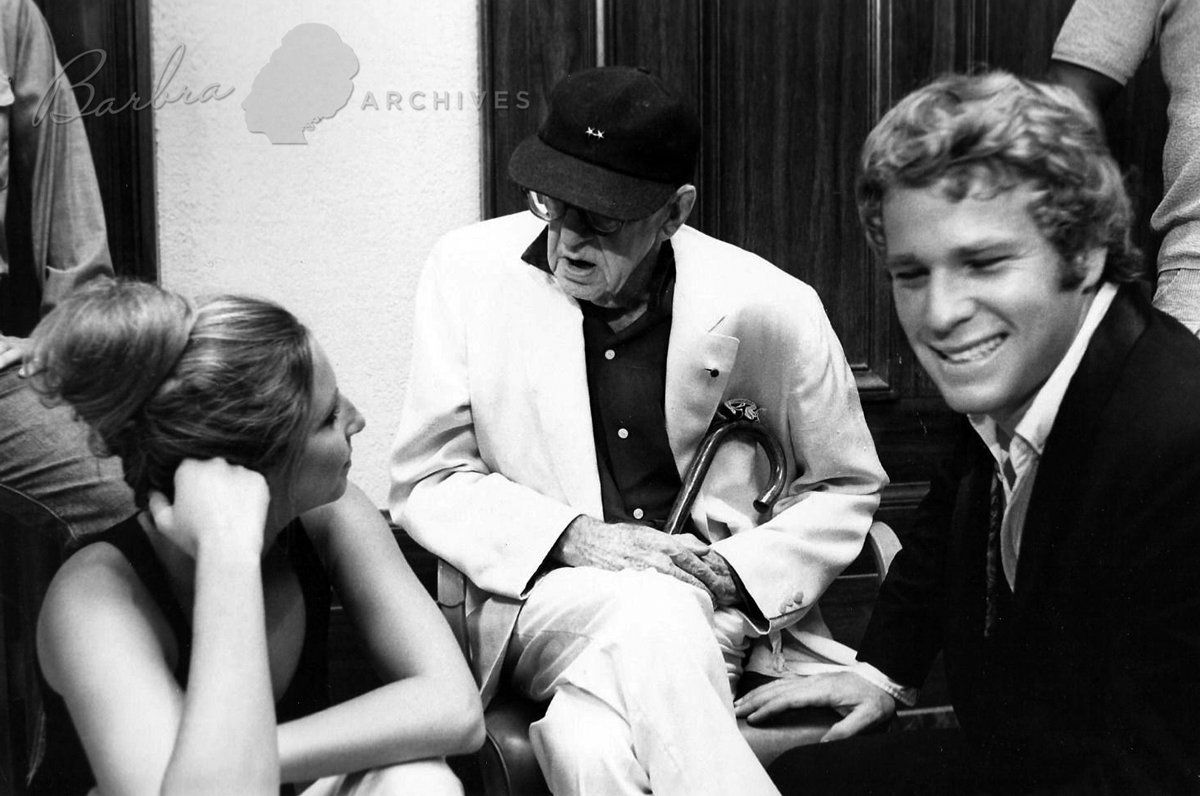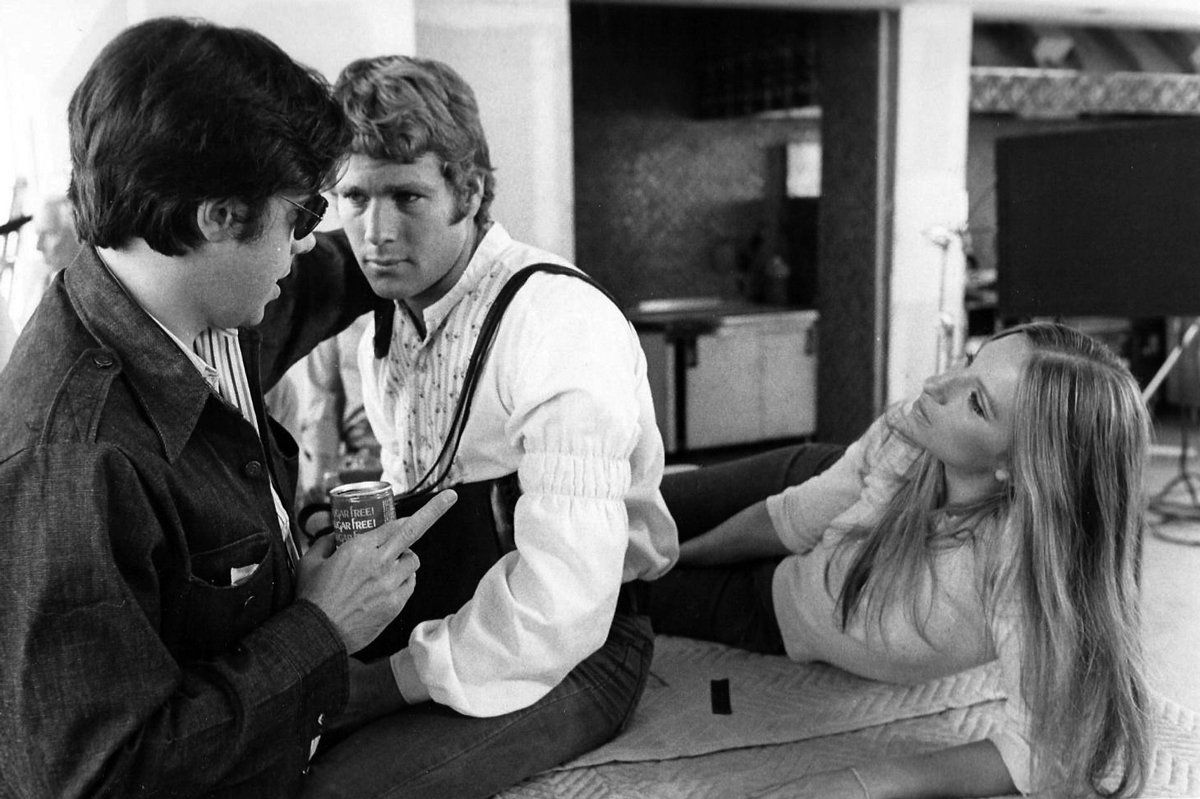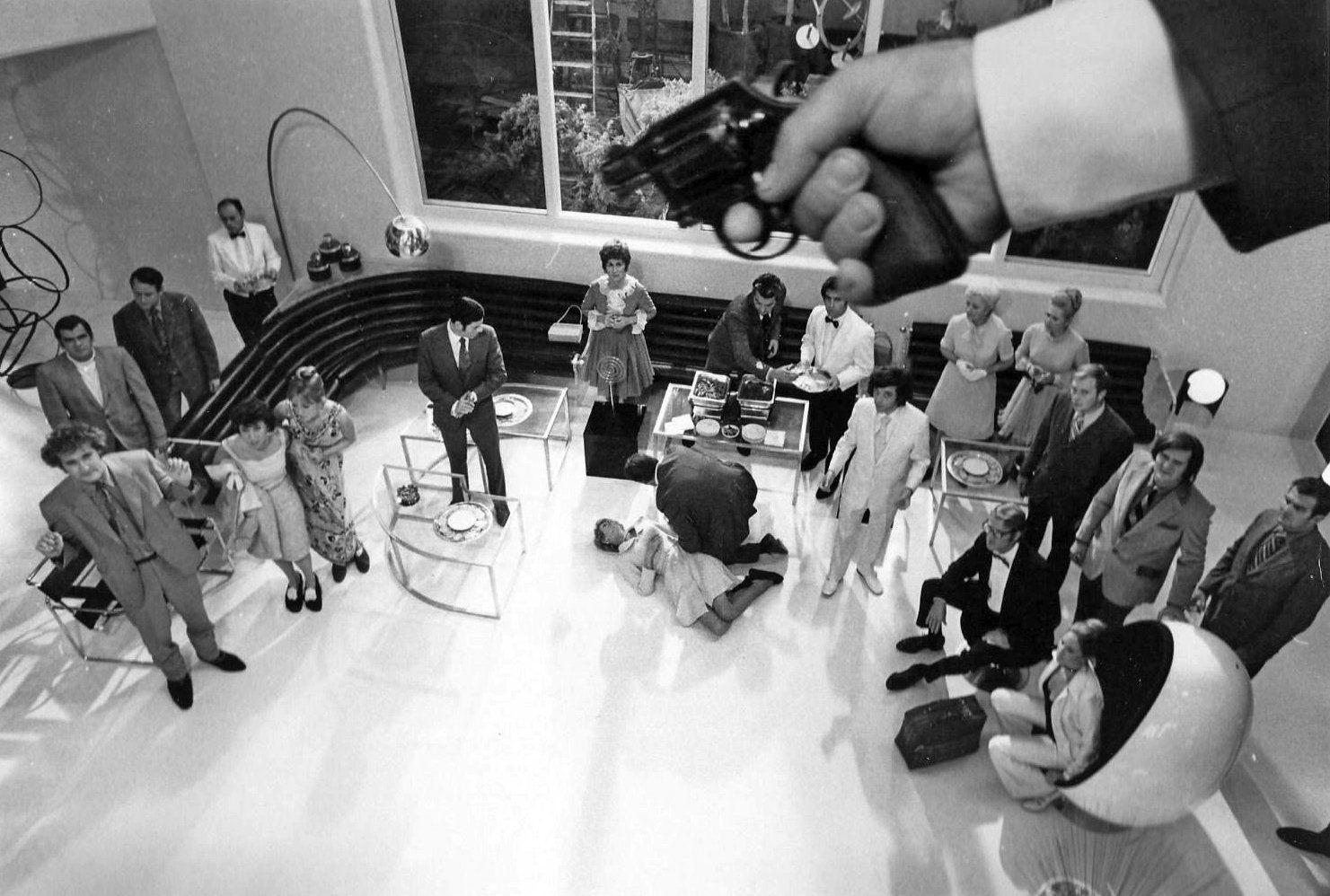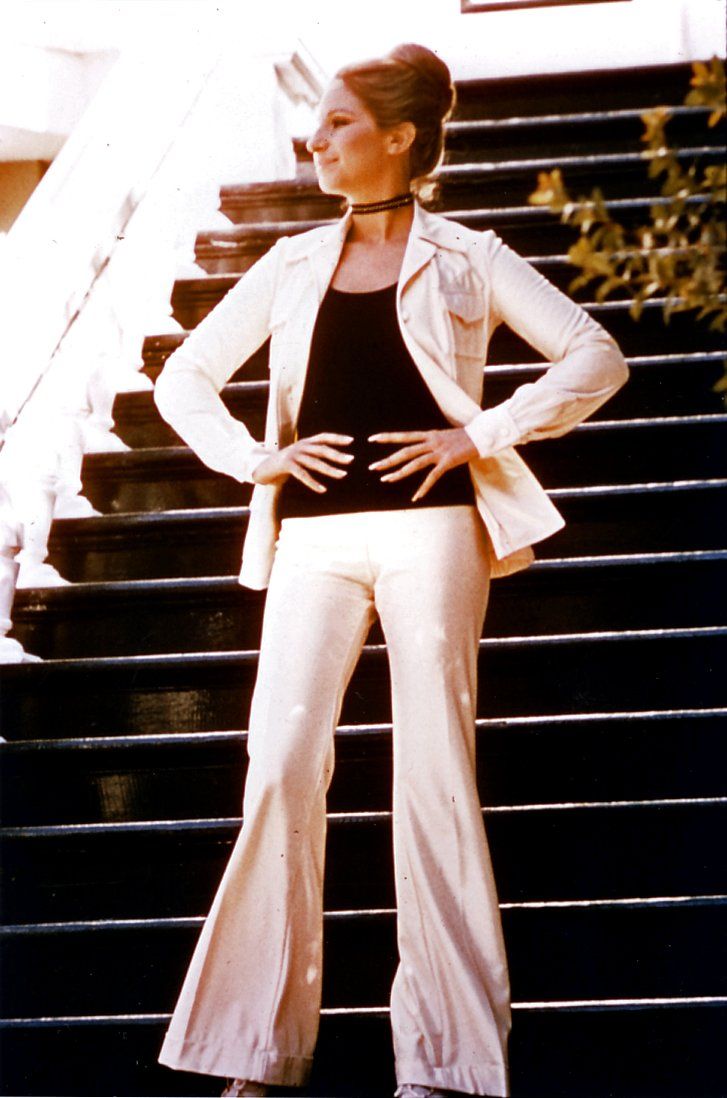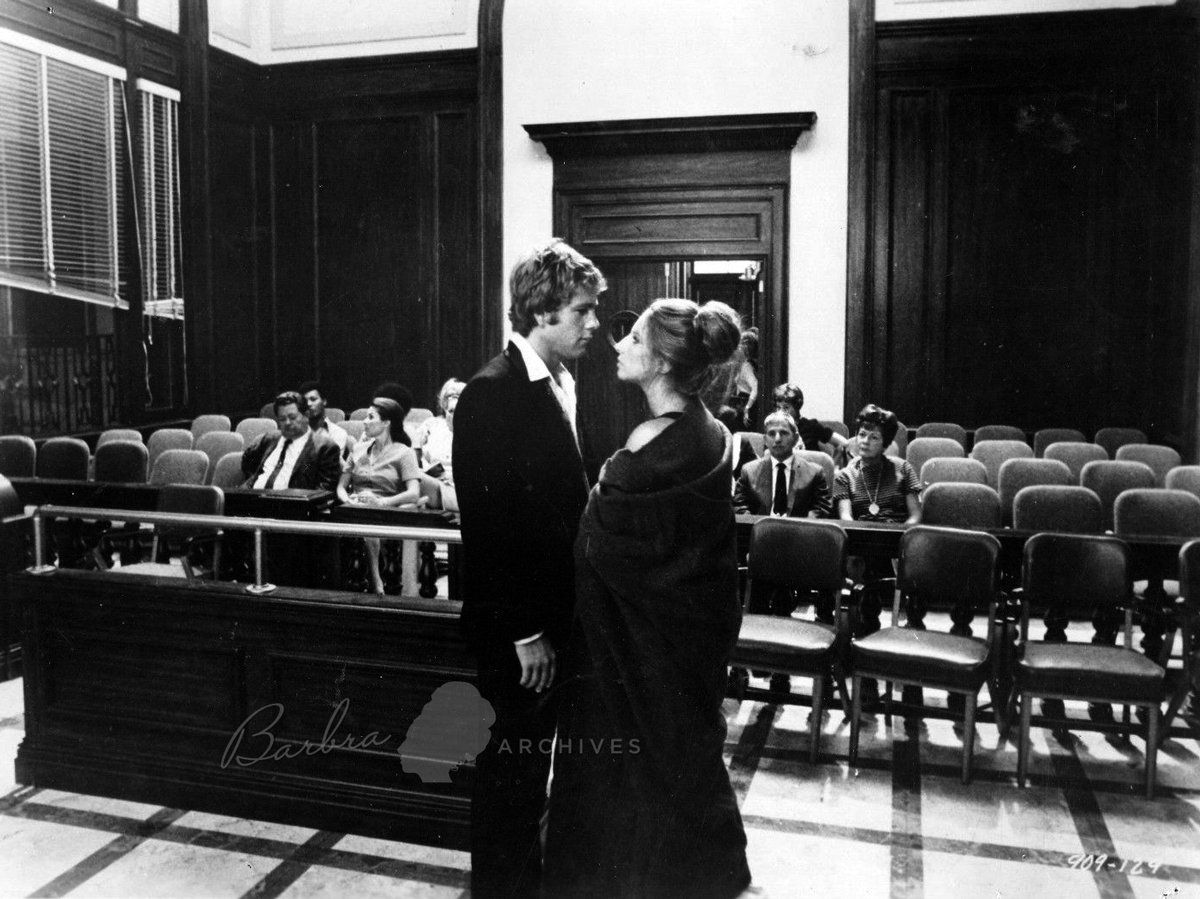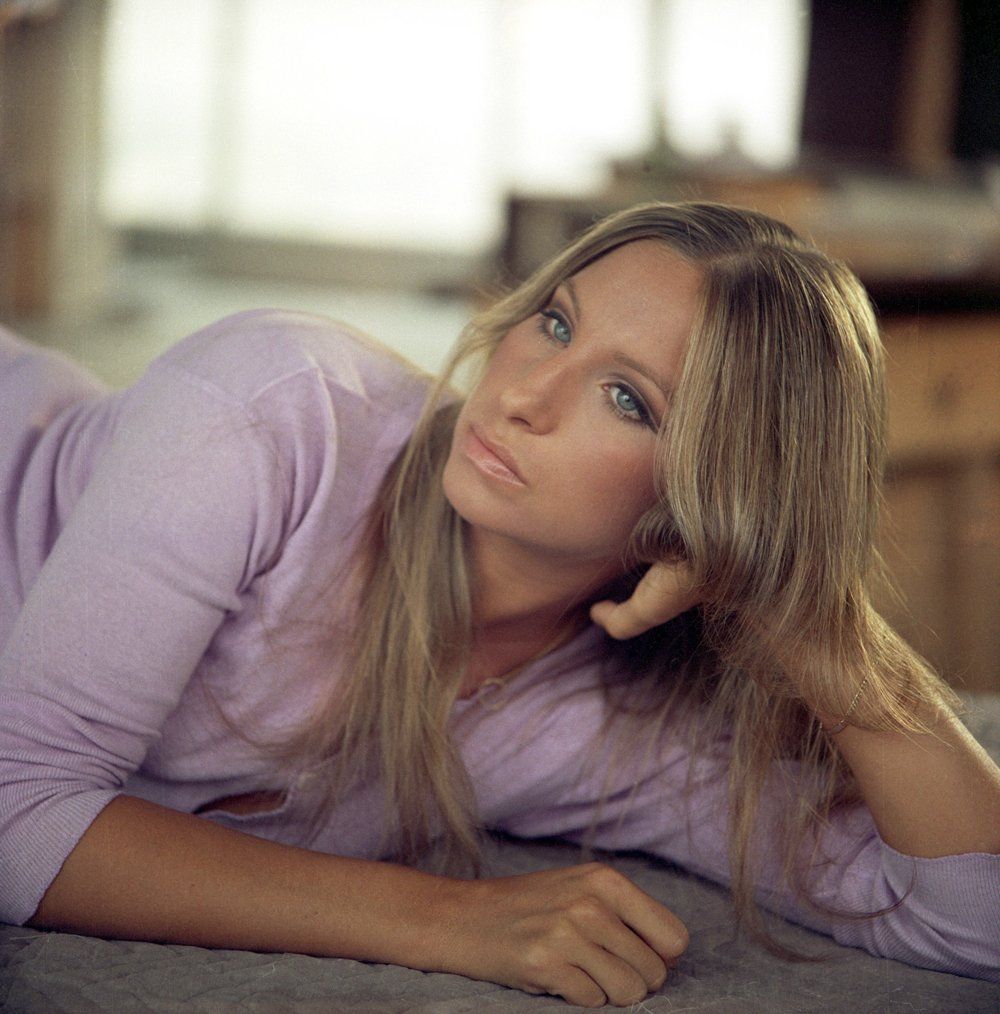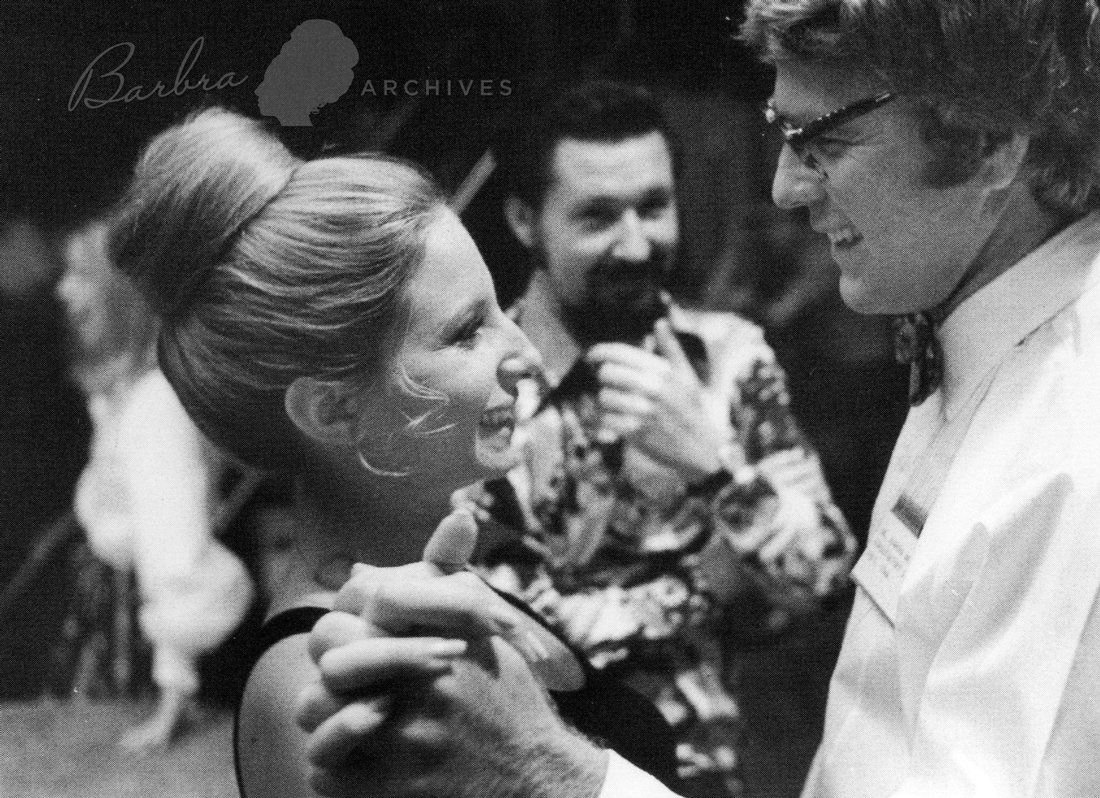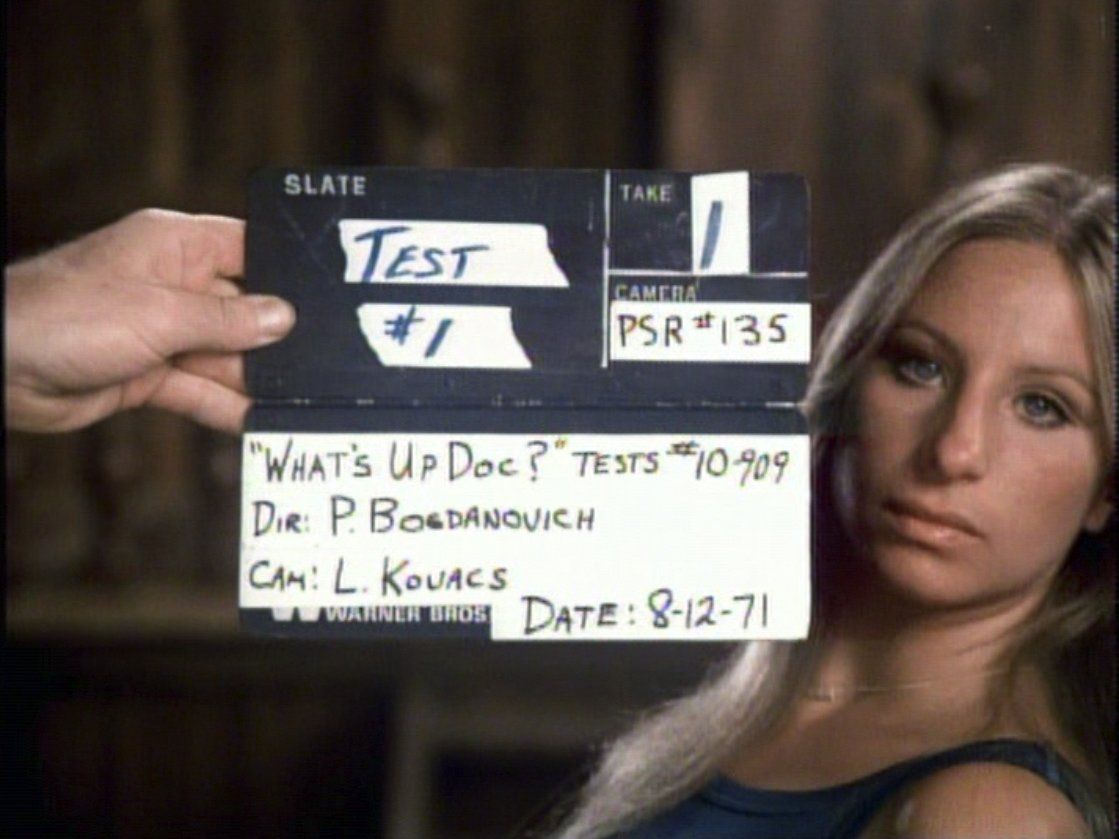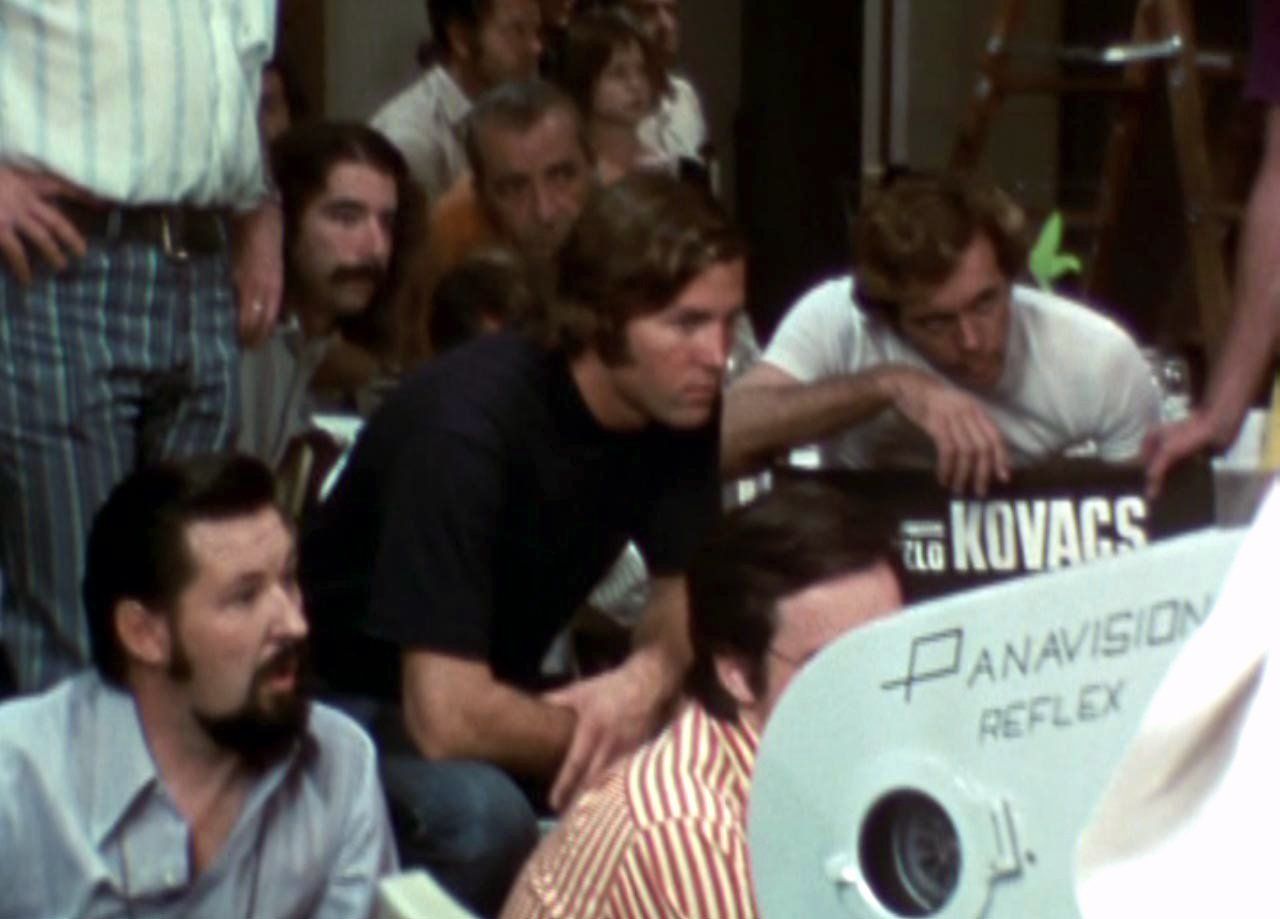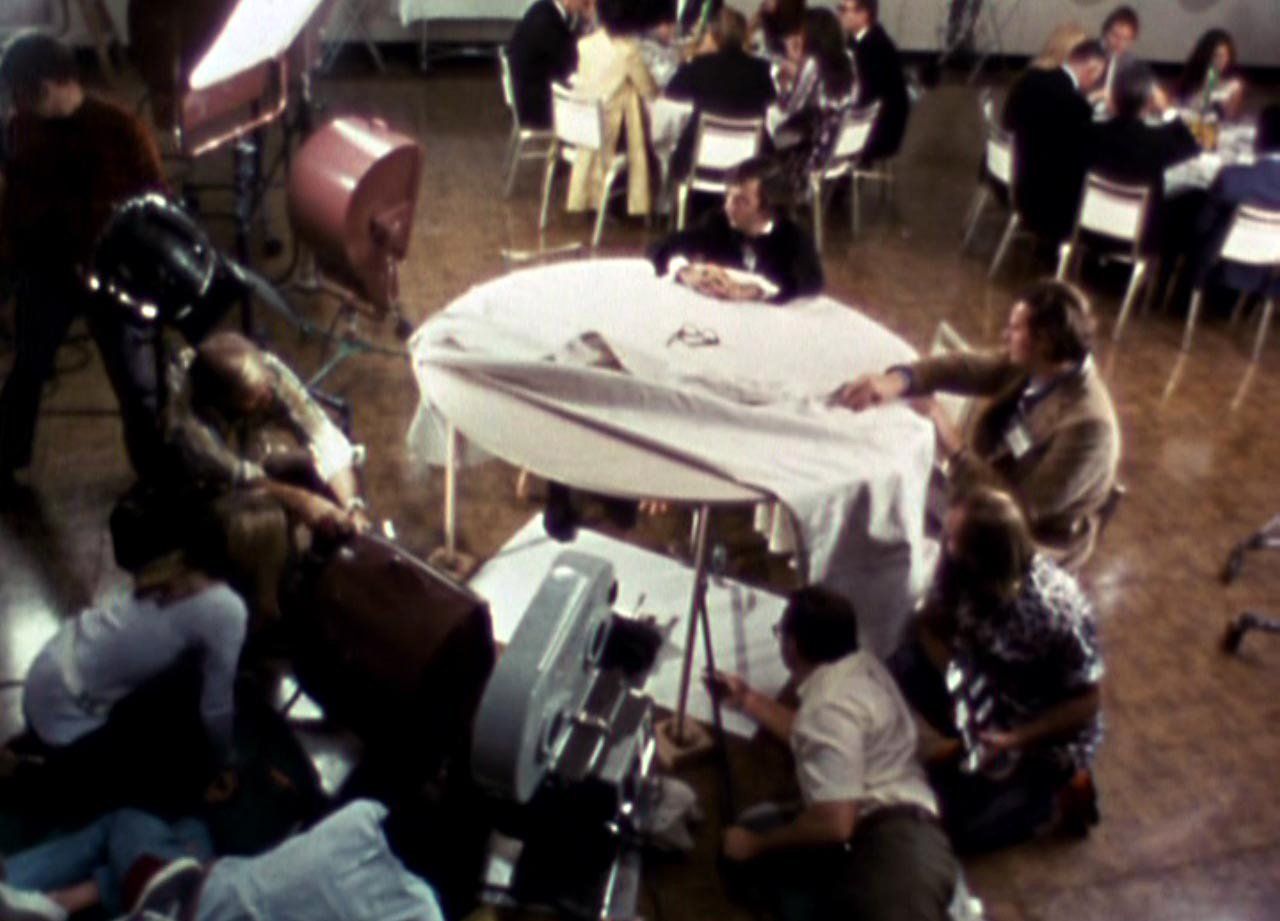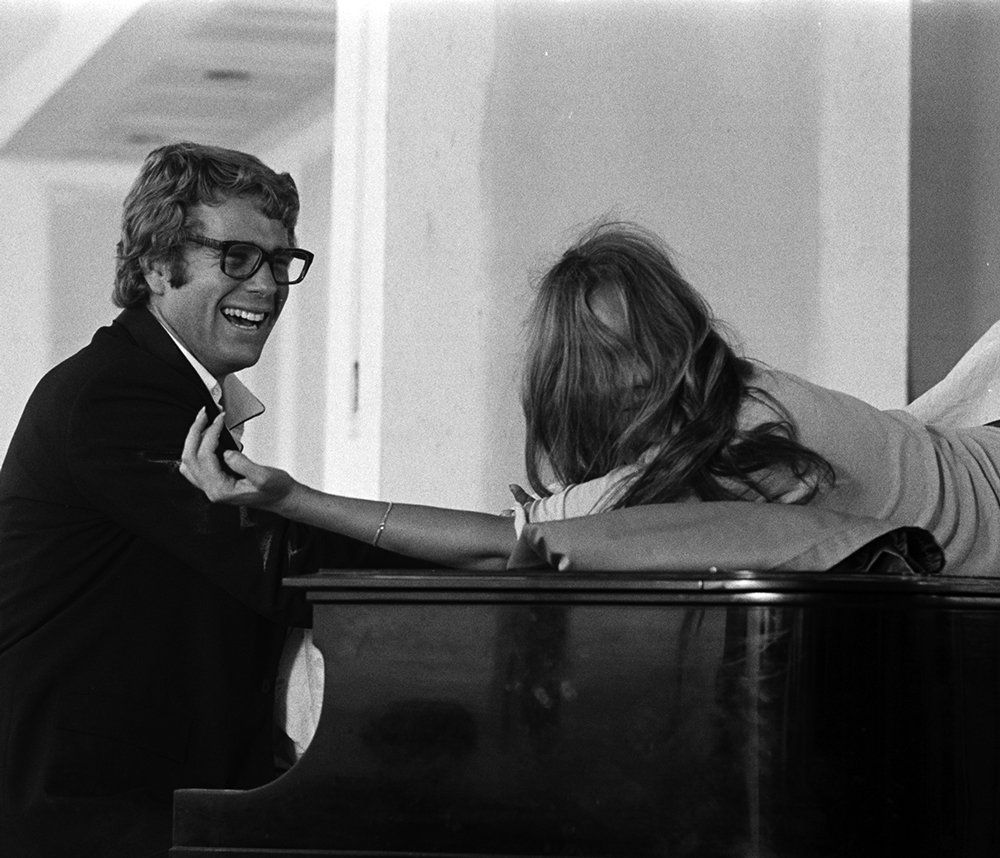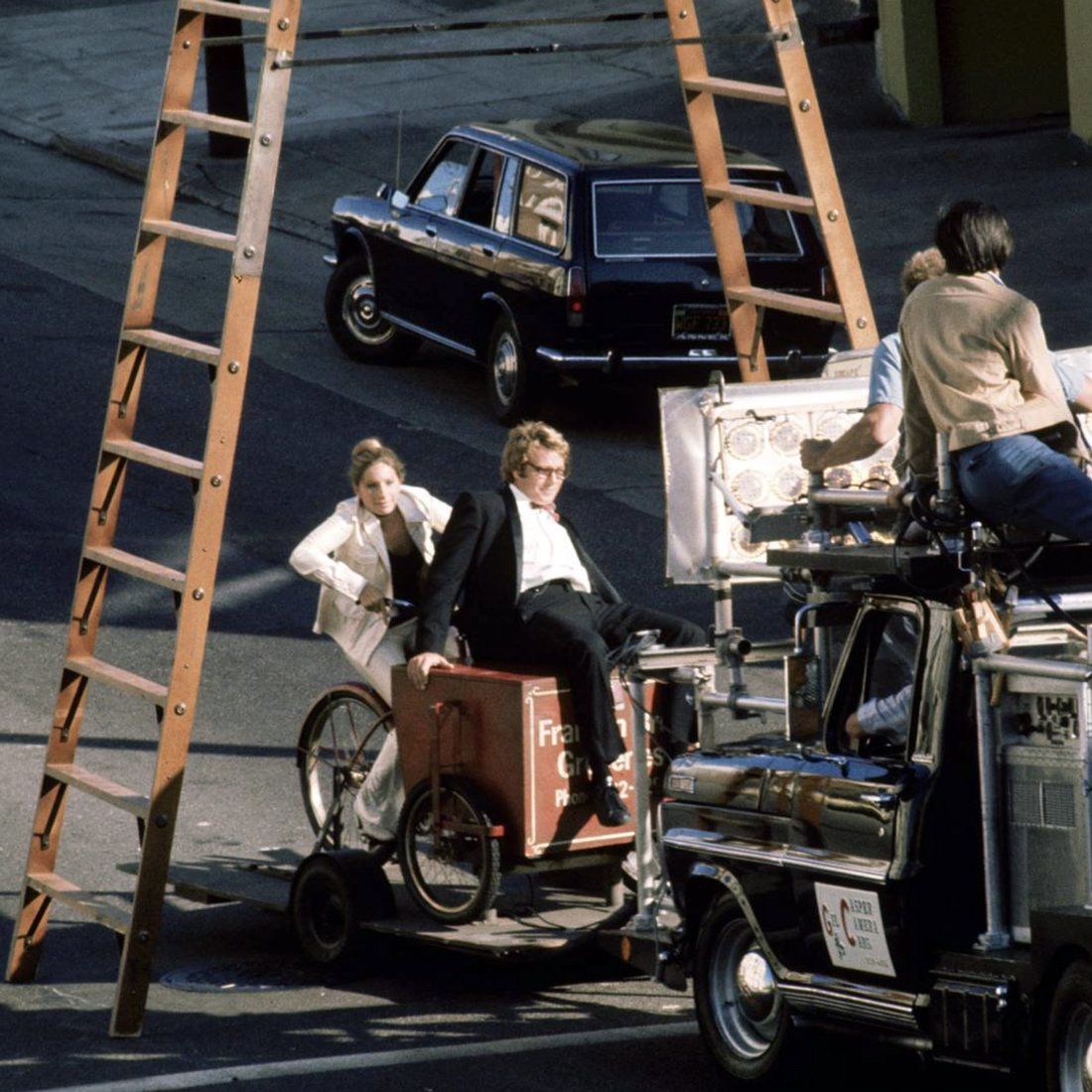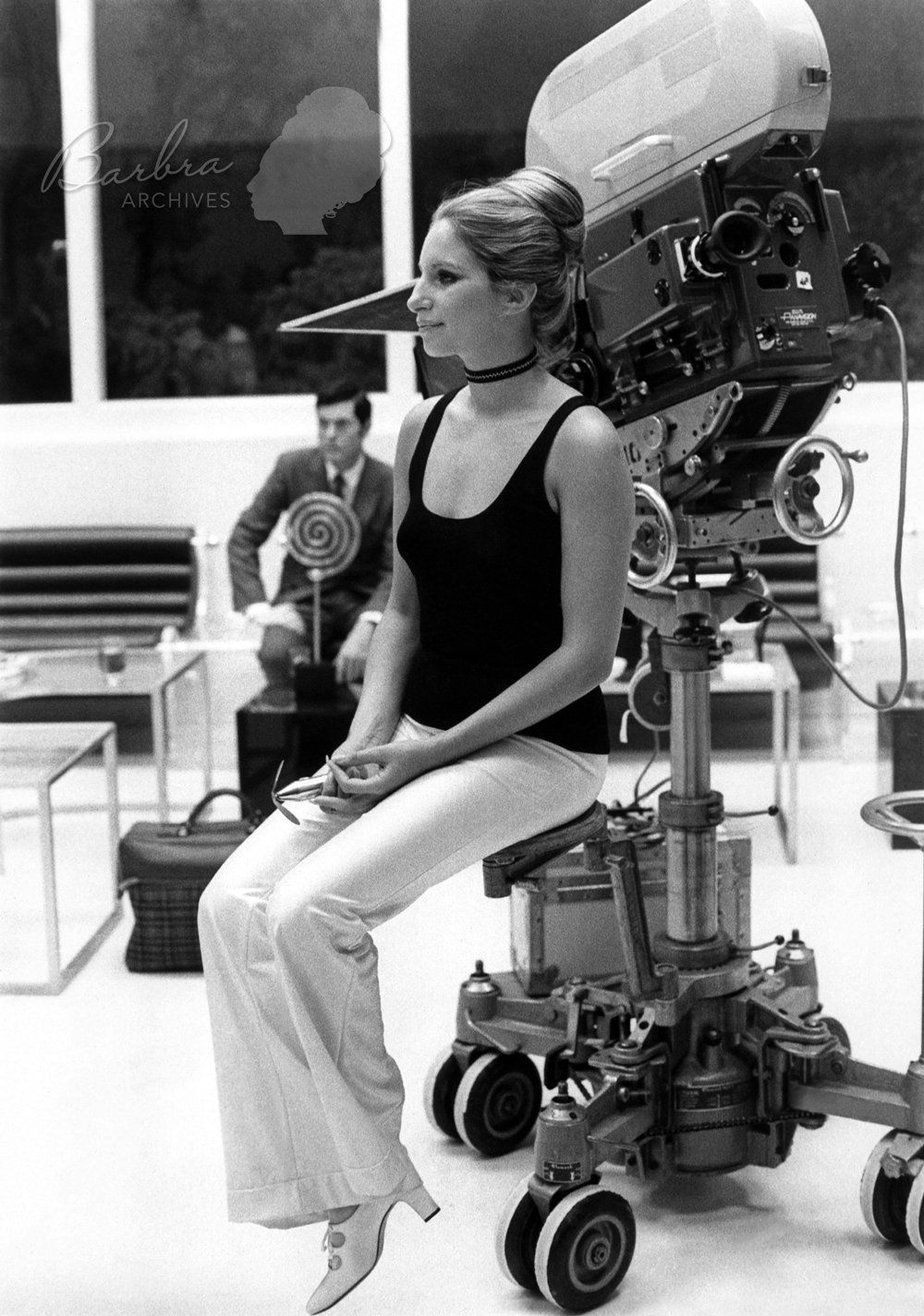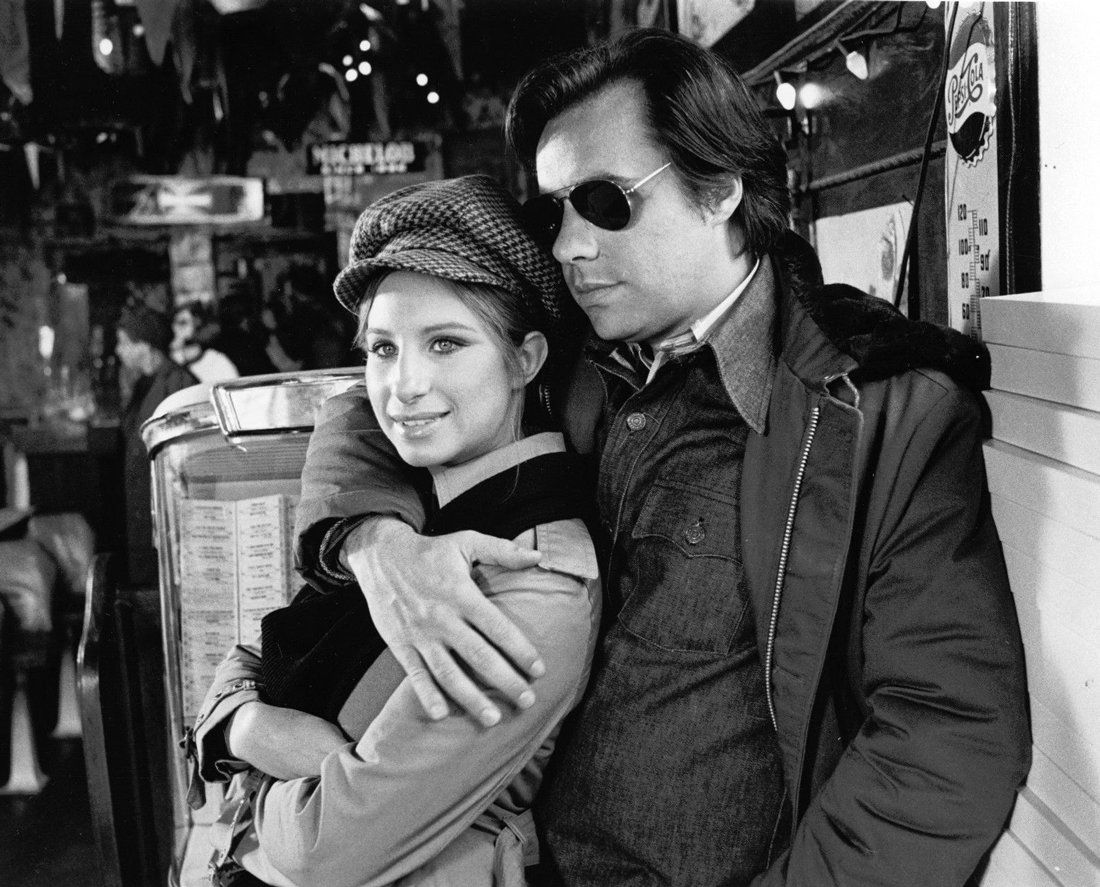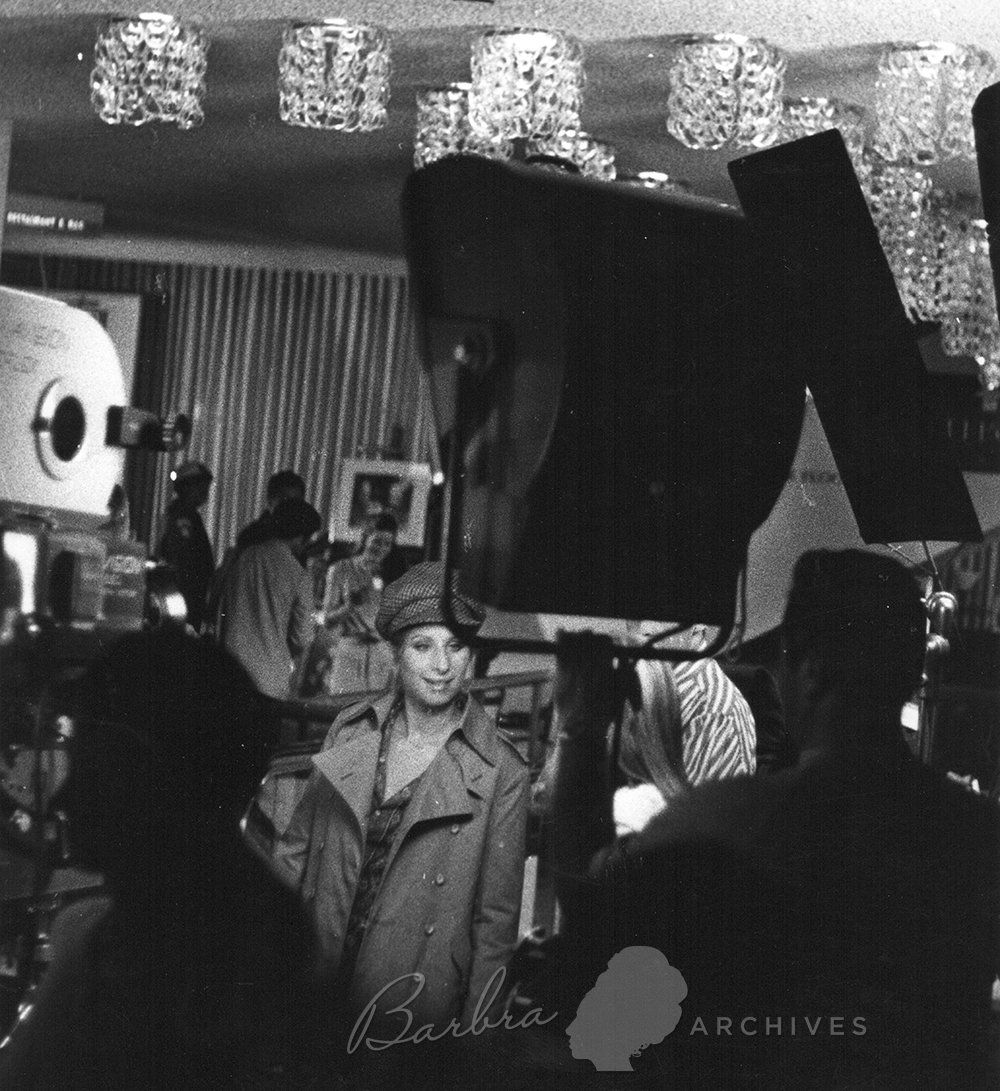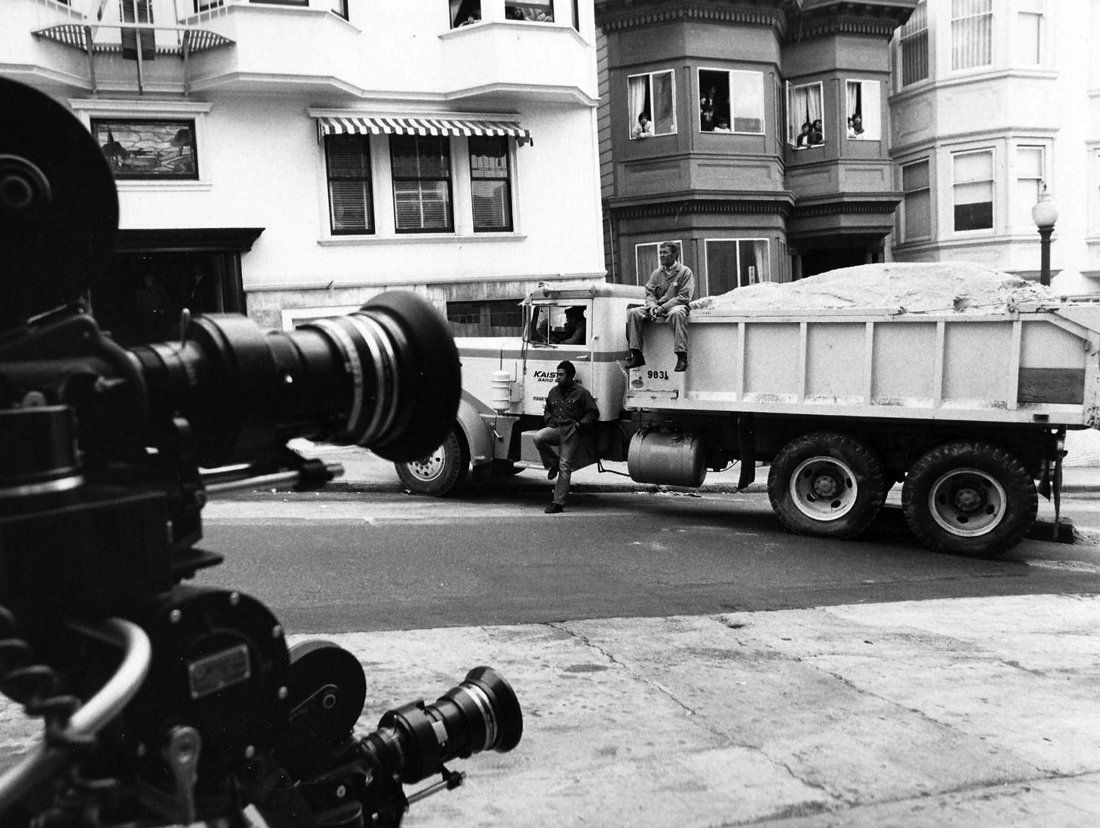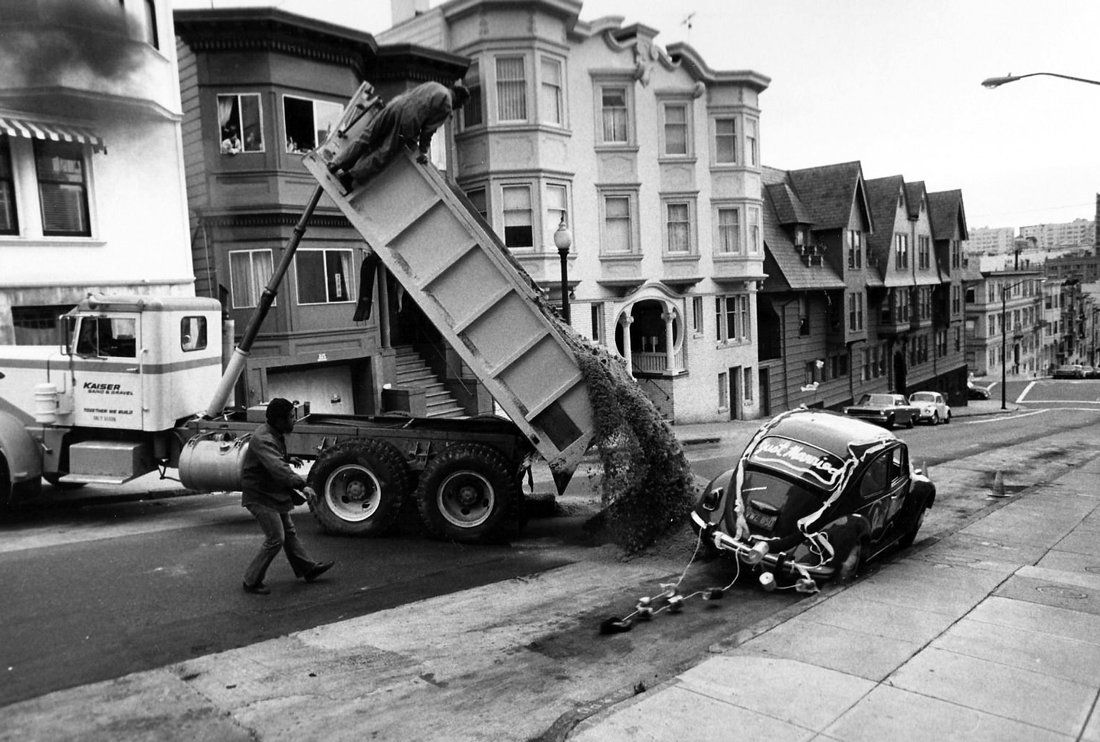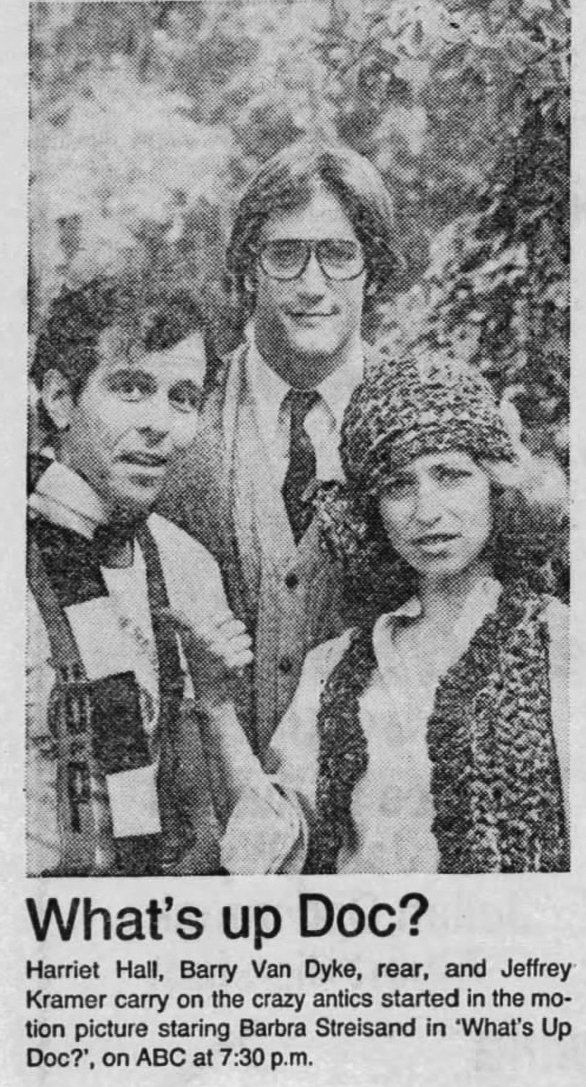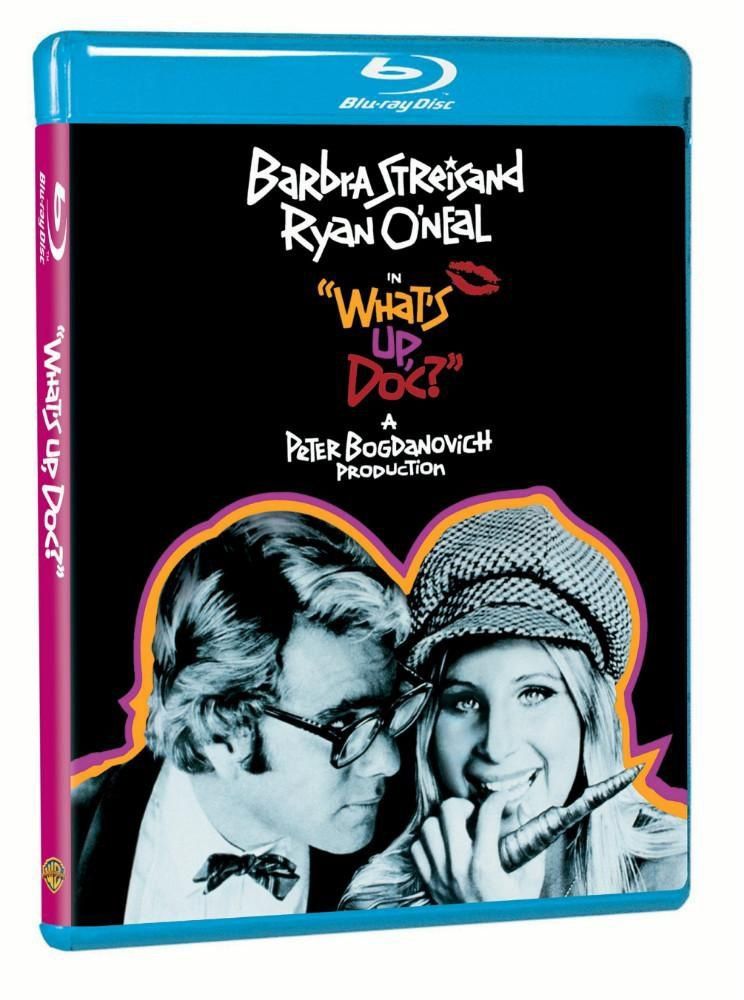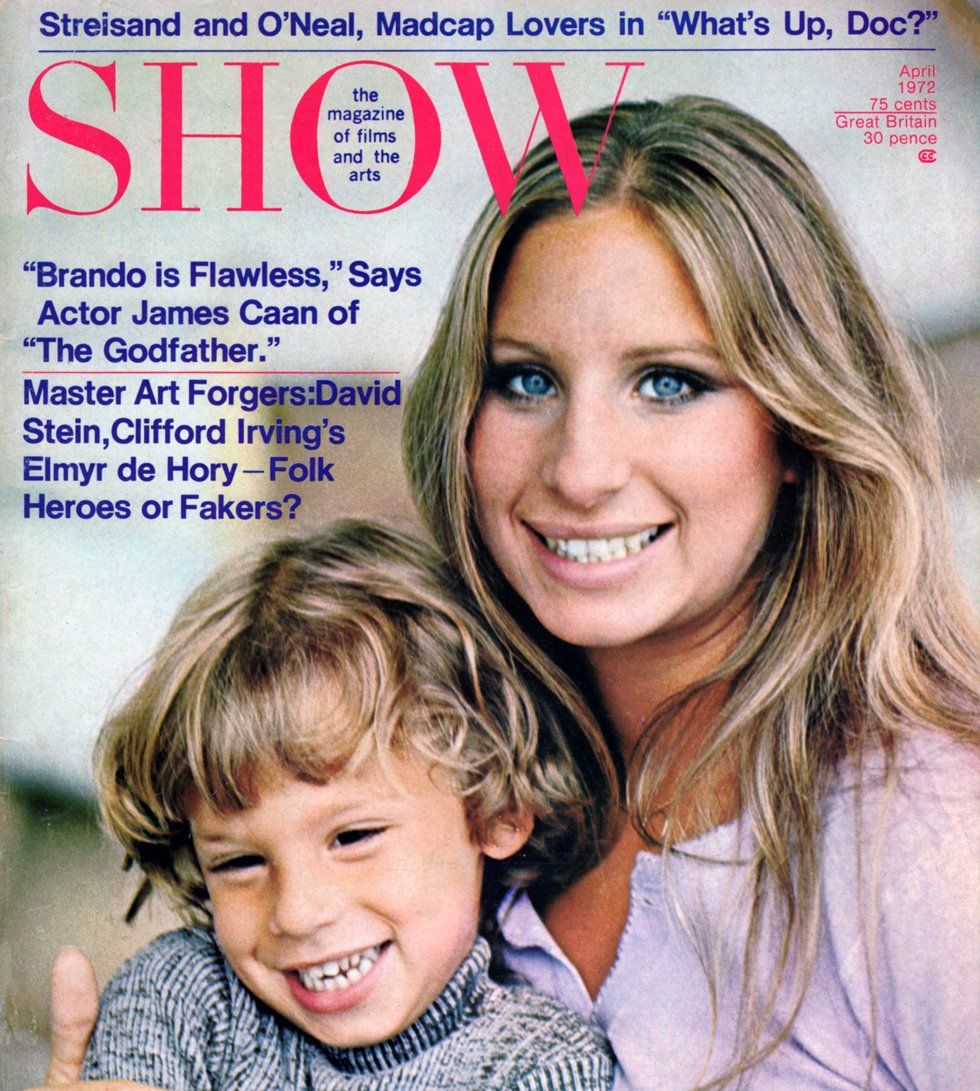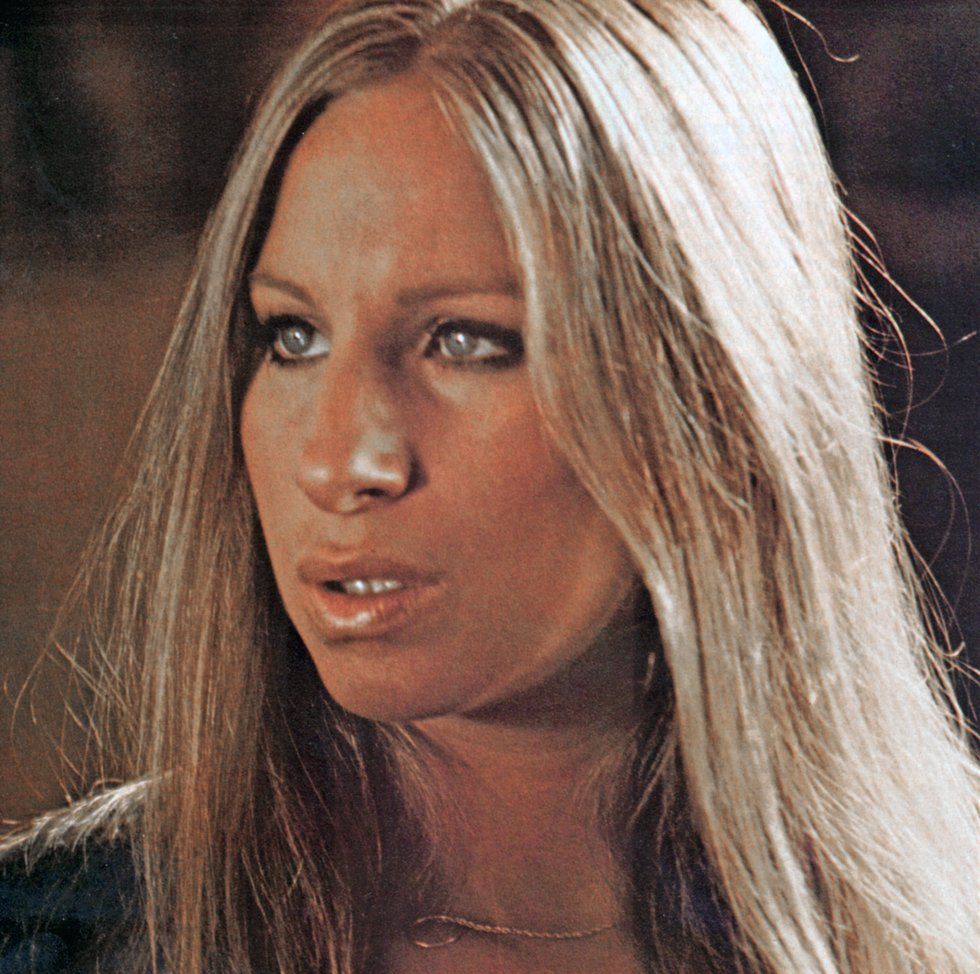PICTURED: Newman & Benton and Buck Henry.
Later he told writer Brian Kellow, “Barbra was having a thing with Ryan at the time. So I had lunch with Ryan, who in those days was very funny in life. He had a wise-ass kind of thing, and he was self-deprecating and charming. I liked him. I said, ‘If you do this, I’m going to make fun of you. You have to shorten your hair and we will put you in a seersucker suit and glasses. You’re going to be square.’ He loved the idea. So I said, ‘Oh, fuck it.’ So we got Ryan.”
The film also got screenwriters Robert Benton and David Newman (Bonnie and Clyde) “Peter said he needed it fast because he had a ‘pay or play’ deal with Streisand and O’Neal,” Newman said. “If he didn’t have a script ready to shoot by July, they were gone. So we flew out to Los Angeles and went into these intensive sessions with Peter where we hashed out the story. Peter would talk to Howard Hawks every night, and he’d come in the next day and say, ‘Howard thinks we should try such-and-such.’”
Newman said that Bogdanovich was also consulting Streisand. “Peter talked to her every night. He’d tell her the story so far, then the next morning he’d say, ‘Barbra loved this, she didn’t like that, she thinks it would be funny if she got to do that.’”
“I rewrote it a little and had a reading with Ryan and Barbra,” said Bogdanovich. “I read all the other parts and talked my way through all the action sequences, and at the end of it they both committed to it.”
Calley told Peter Biskind that this stage before filming “was a nightmare.” He felt the script, as written, was “a terrible piece of shit. We were supposed to start in three weeks. I was sitting by my pool reading it on a Saturday. I wanted to blow my brains out, it was just awful.”
Polly Platt, Bogdanovich’s ex-wife who also was the film’s production designer, wrote in her unpublished memoir: “I was excited that [Peter] was thinking of doing a comedy ... He brought me the Streisand script for my perusal and I found it truly terrible. It had Streisand playing this nagging yenta. I told Peter that one solution would be to reverse the roles — give Ryan the nagging part, and Barbra the irresponsible role and then it might be tolerable.”
An interesting aside is that Polly Platt was not a member of the Art Director's Guild, and in order to work on a big studio movie, it was imperative that she join. She experienced immense sexism as she appealed to the Guild. She was the first woman allowed to join. Her contribution to What’s Up, Doc? was invaluable — “I was unhappy with the locale of the film as written, which was Chicago,” Platt wrote. “It seemed to me to be a city that differed very little from New York, except for the big lake. I didn't want to see the character Streisand was playing — and irresponsible and impossible creature — in Chicago with her Brooklyn accent. I wanted to get her out of the East Coast, where the character could be an outsider. And, strange to say, Chicago didn't feel like a funny place to me.”
Polly Platt visited Seattle, Dallas, and Houston, looking for the right locale for the movie while Peter Bogdanovich nervously waited to amend the script. Platt landed in San Francisco. “I stayed at the Hilton Hotel, which was the first hotel I'd ever been in that had an escalator in the lobby. The colors of the hotel were garish and funny and pretentious. I was definitely interested in this hilly, ricki ticki town. From my hotel room I called Peter and told him I found the city!”
Meanwhile, John Calley called in Buck Henry (The Owl and the Pussycat) to rewrite the script.
Bogdanovich recalled that Henry said to him, “‘You're going to hate me, but I don't think it's complicated enough. You need another suitcase.’ So, we added the whole Top Secret suitcase which was inspired by the Pentagon Papers story. That's why we cast Michael Murphy, because he looked a bit like Daniel Ellsberg. Buck rewrote the script, which is more or less what we shot. We made up some of the jokes as we were planning and shooting it.”
“There was just six weeks before we were supposed to begin filming,” Buch Henry said. “Well, I couldn’t rewrite Barbra without rewriting Ryan, and I changed so much of Ryan that I caught her up a little short.”
The movie was a go, with Streisand earning $500,000 for her work, and O’Neal making $350,000. Meanwhile, Howard Hawks was consulted more. Hawks said Bogdanovich “showed me some tests of Ryan O’Neal and Barbra Streisand, and I said, ‘Jesus Christ, this is gonna be horrible, Peter. They’re trying to be funny. Take ‘em in and show ‘em Bringing Up Baby. Make ‘em run it two or three times. Lecture ‘em. Don’t let ‘em try to be funny.’ Well, they got away with it, but it would have been awful if it had been the way the test scene was first made.”

